Soccer is one of the most popular sports in Mexico, and has been an integral part of the country's culture and identity for decades. Since its early days in the 20th century, Mexican soccer has constantly evolved and developed, leading to the creation of more competitive teams and leagues and the emergence of of talented players.
In particular, some of these Mexican soccer players have gone further and have succeeded in European soccer, winning important titles in European leagues and cups and bearing the name Mexico to the pinnacle of world sport.
Mexican soccer players have demonstrated their skill and determination in some of the most demanding and competitive soccer leagues in the world. Through their achievements in Europe, these players have inspired a new generation of Mexican soccer players to pursue their dreams and make history in the sport they love so much.
Thanks to the new achievement achieved by another Mexican soccer player, Hirving "Chucky" Lozano, in one of the great leagues of Europe it is a good time to recover the soccer players who have managed to be champions in the European continent.
Hugo Sanchez
Without a doubt, he should be considered the best Mexican soccer player of all time, and his career in Europe is proof of that. Hugo Sánchez won the Copa del Rey with Atlético de Madrid in the 1984-85 season and with Real Madrid in the 1988-89 season. In addition, he managed to be champion of the Spanish League five consecutive times with Real Madrid (1985-90) and won the Spanish Super Cup three times (1988-90).
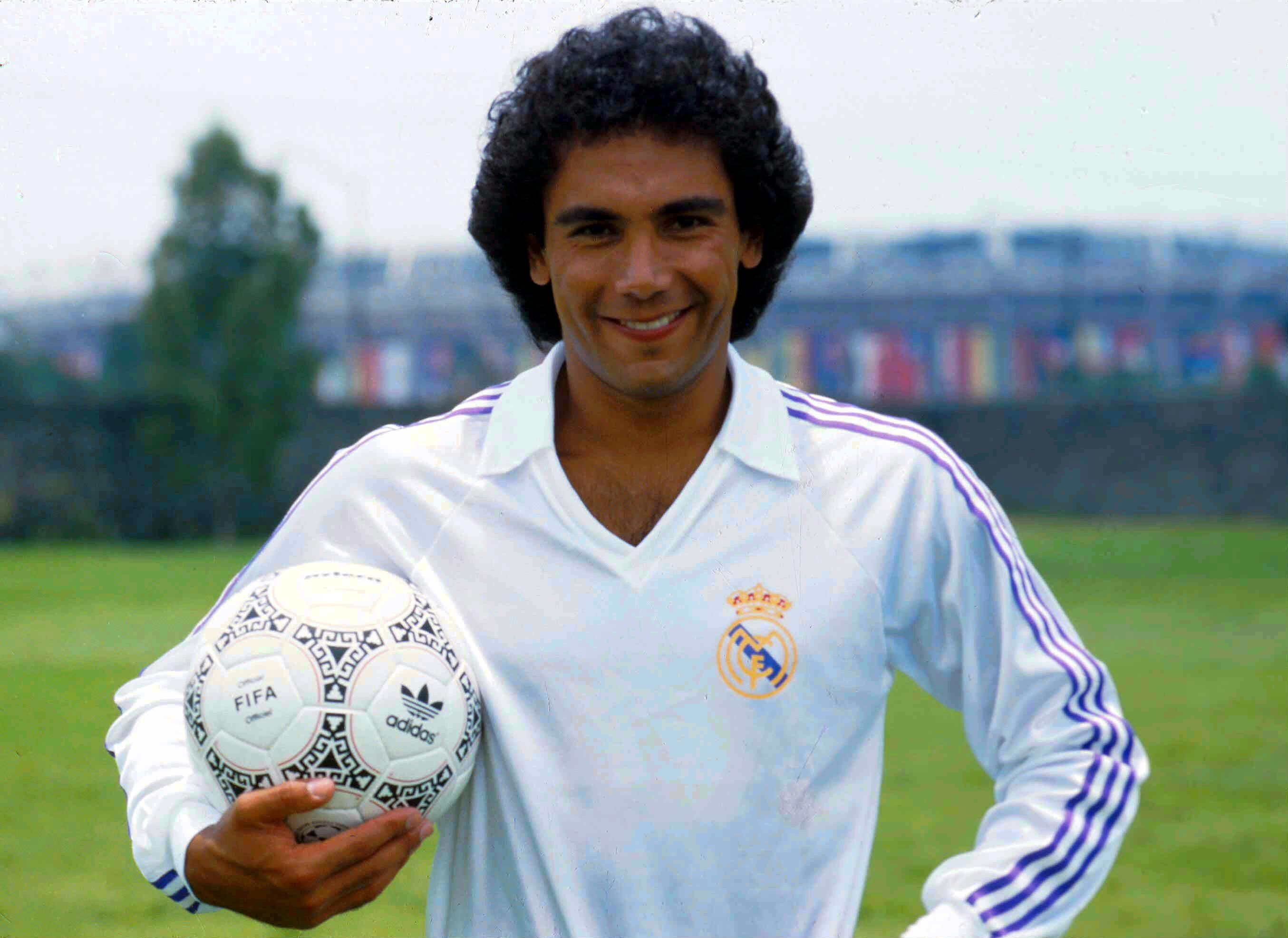
Raphael Marquez
The best center back who was born on Mexican soil, he managed to succeed in France and Spain. Márquez was a Ligue 1 champion with Monaco in the 1999-2000 season and won the French Super Cup and the French Cup in the 2002-03 season. Subsequently, he was champion of the Spanish League four times with Barcelona (2004-05, 2005-06, 2008-09 and 2009-10), the Spanish Super Cup three times (2005-06, 2006-07 and 2008-09 ) and the Copa del Rey in the 2008-09 season.
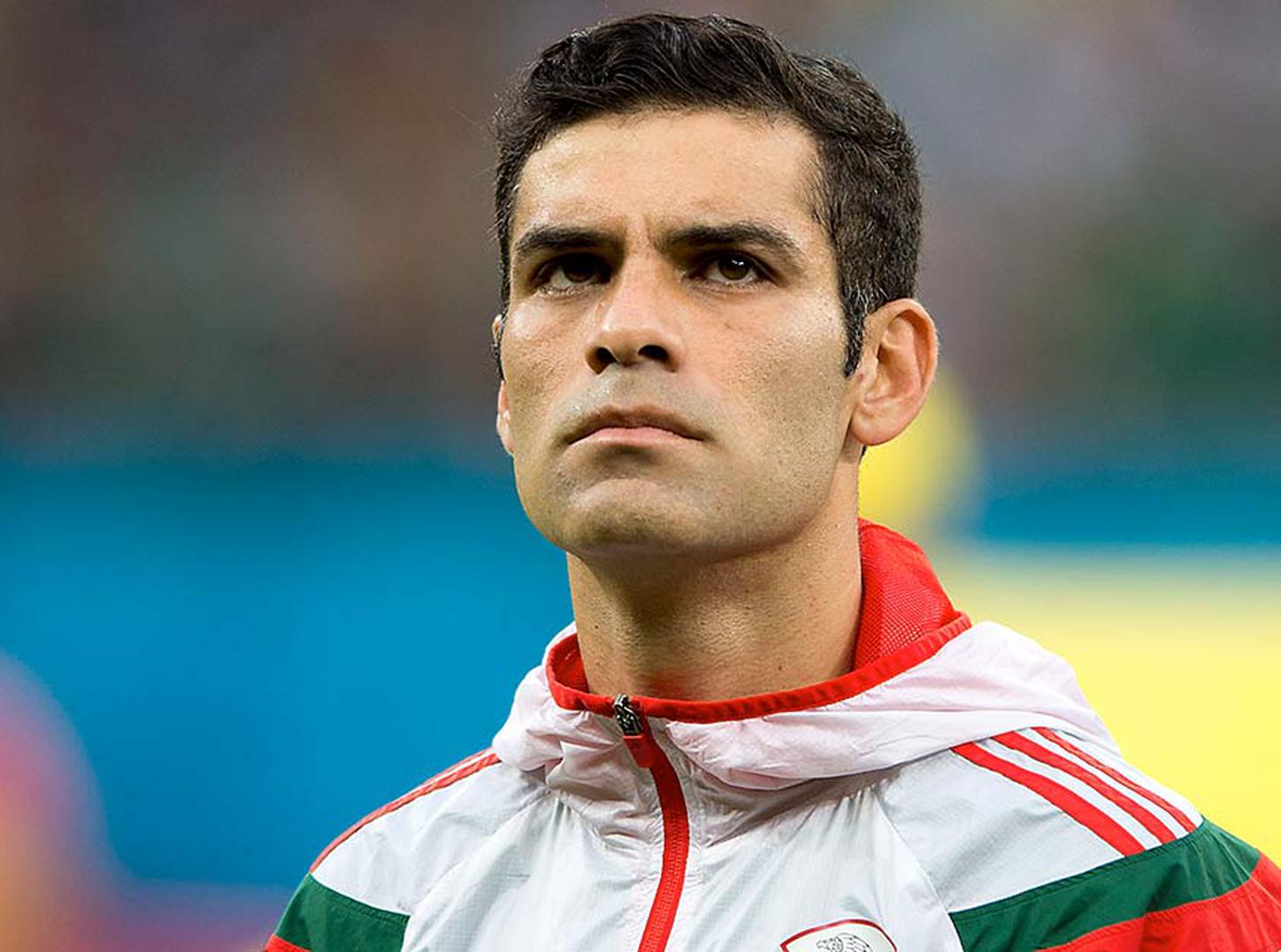
Pavel Pardo and Ricardo Osorio
They are two other Mexican players who succeeded in Europe. Both were Bundesliga champions with Stuttgart in the 2006-07 season.
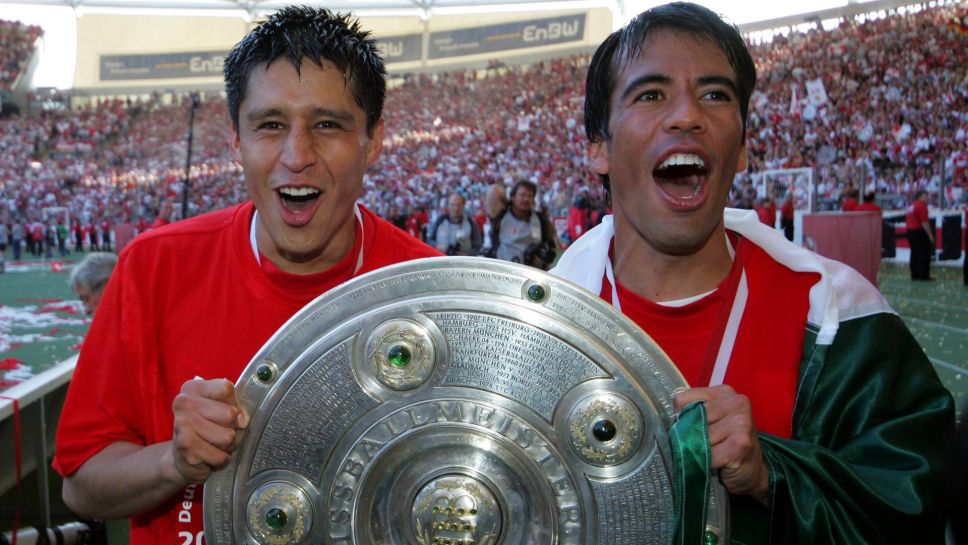
Nery Castillo
An atypical case in the history of Mexican soccer, he had an outstanding career in Europe, being champion of the Greek League seven times with Olympiakos and of the Ukrainian League and the Ukrainian Cup with Shakhtar in the 2007-08 season. .
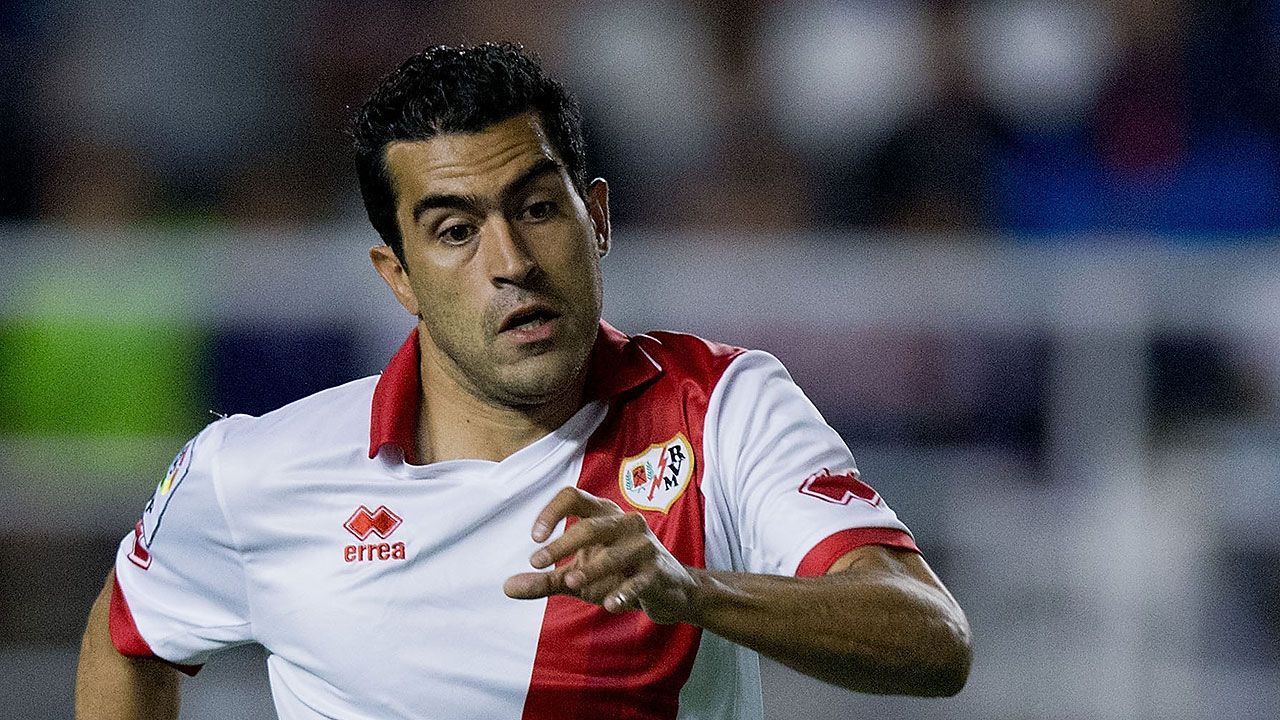
Carlos Salcido
Another of the great defenders of recent times in Mexican soccer, he was Eredivisie champion with PSV on two occasions (2006-07 and 2007-08) and won the Dutch Super Cup in the 2007-08 season.

Efrain Juarez
He was Scottish Premiership champion with Celtic in the 2011-12 season.

jonathan dos santos
He achieved important titles with Barcelona, but without being an important part of the first team, he became champion of the Spanish League three times (2009-10, 2010-11 and 2012-13), the Spanish Super Cup twice (2009- 10 and 2010-11) and the Copa del Rey in the 2011-12 season.
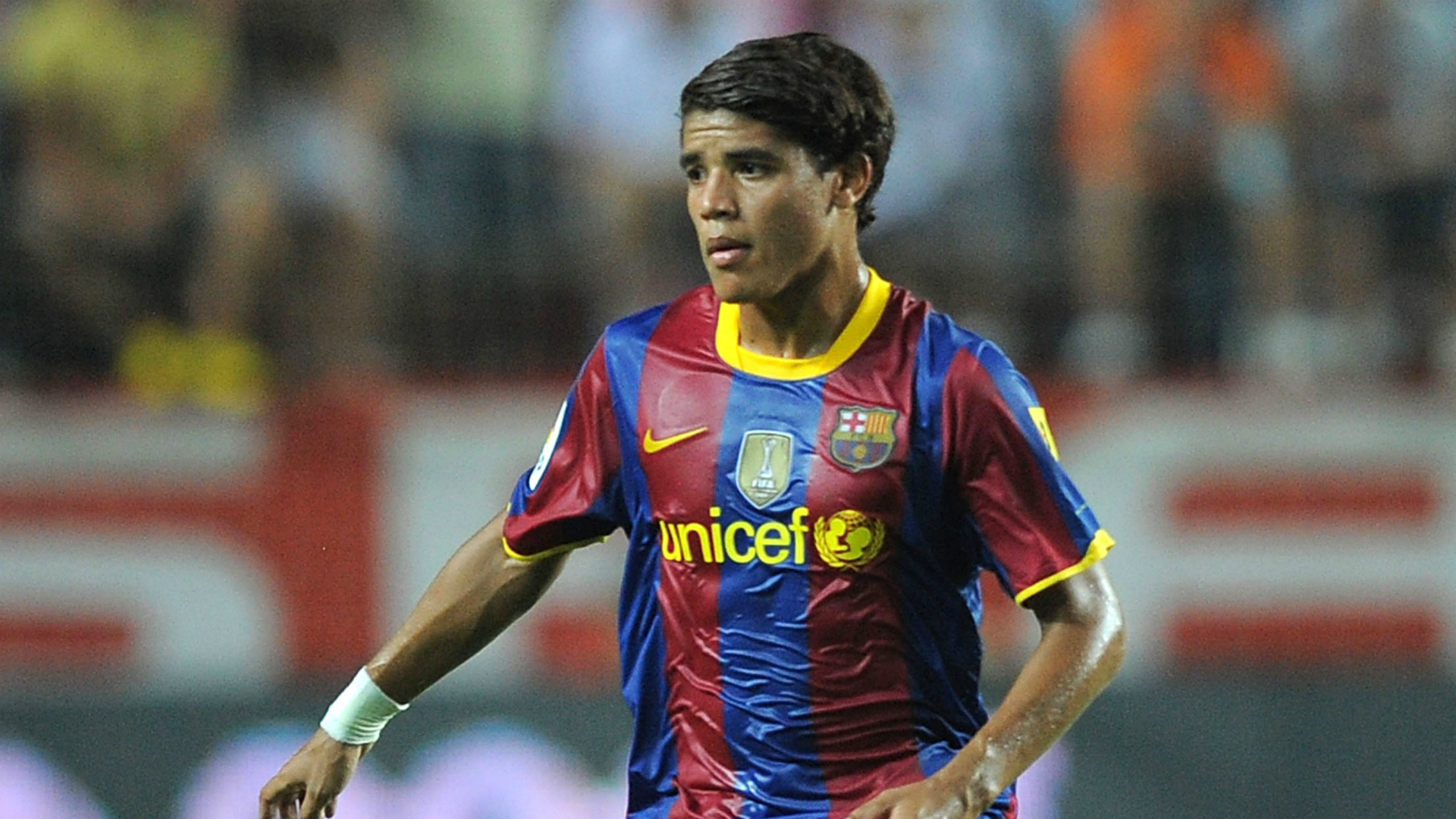
Hector Moreno
He managed to succeed in the Eredivisie with AZ Alkmaar in the 2008-09 season and with PSV in the 2015-16 season, also winning the Dutch Super Cup on both occasions. JAvier 'Chicharito' Hernández, meanwhile, has been Premier League champion twice with Manchester United (2010-11 and 2012-13) and has won the Community Shield three times (2010-11, 2011-12 and 2012-13).

Andres Guardado
He has been the Eredivisie champion with PSV twice (2014-15 and 2015-16), also winning the Dutch Super Cup in the 2015-16 season. In addition, he has won the UEFA Europa League in the 2013-14 season with Valencia and the Copa del Rey in the 2006-07 season with Deportivo La Coruña.
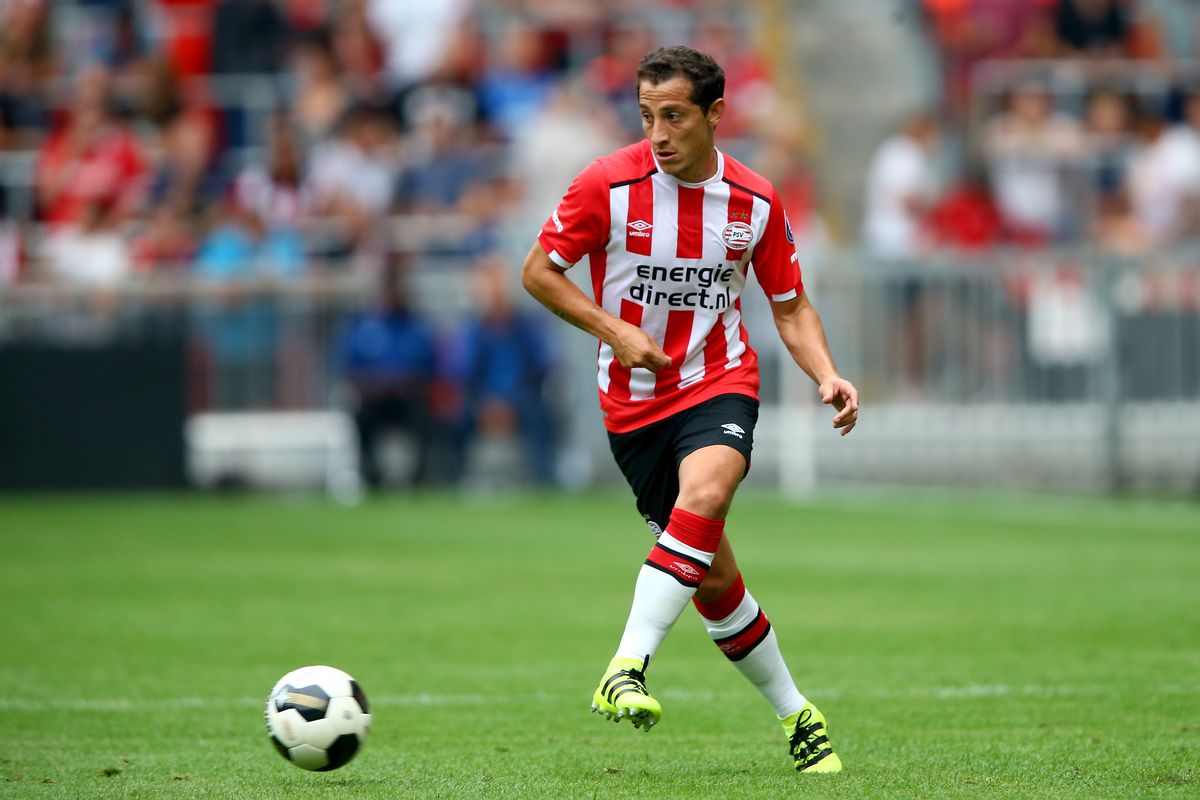
Raul Jimenez
He has had an outstanding career in Europe, being champion of the Portuguese Primeira Liga with Benfica in the 2015-16 season and of the English Premier League with Wolverhampton Wanderers in the 2018-19 season. In addition, he has won the Community Shield in the 2019-20 season with Wolverhampton Wanderers.
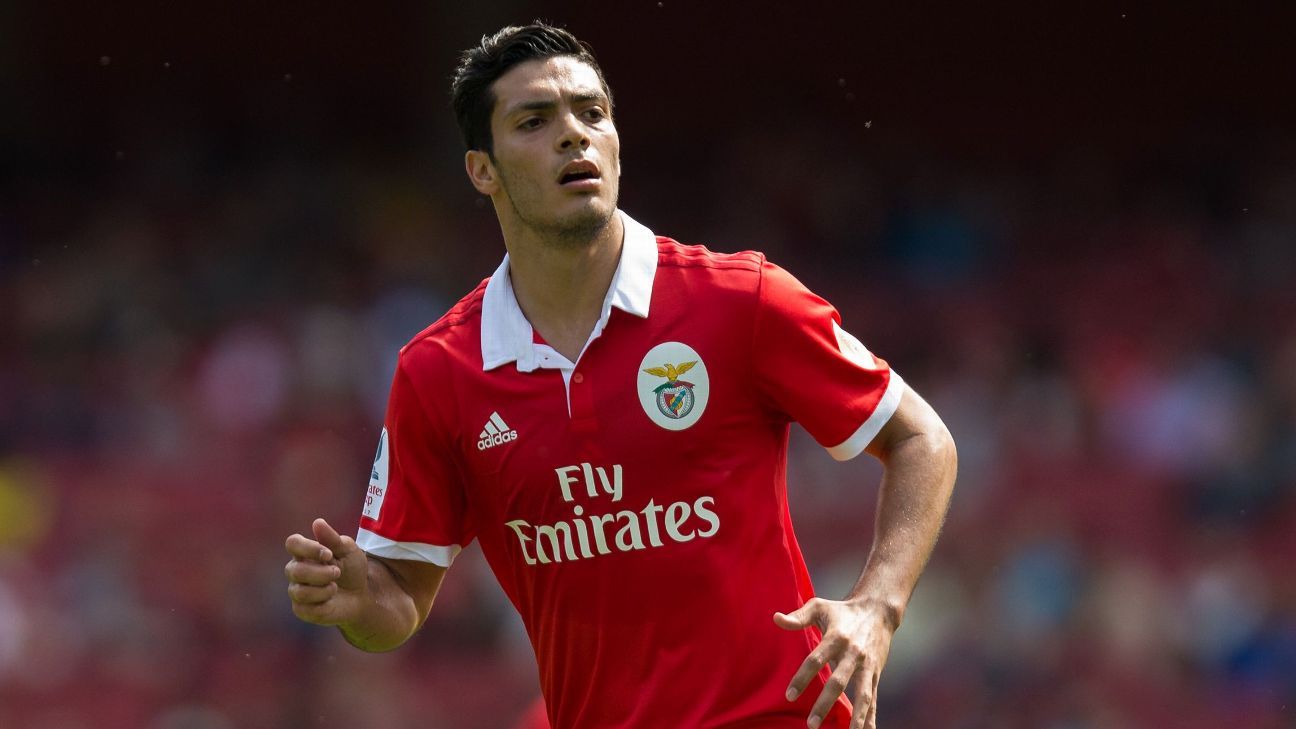
Hirving "Chucky" Lozano
He has been the Eredivisie champion with PSV in the 2017-18 season and has won the Dutch Super Cup in the same season. He has also been named as the best player in the Eredivisie in the 2018-19 season. But he has added another achievement to his record and it is the conquest of the Italian League in the 2022-2023 season with Napoli, being one of the important pieces within the team.


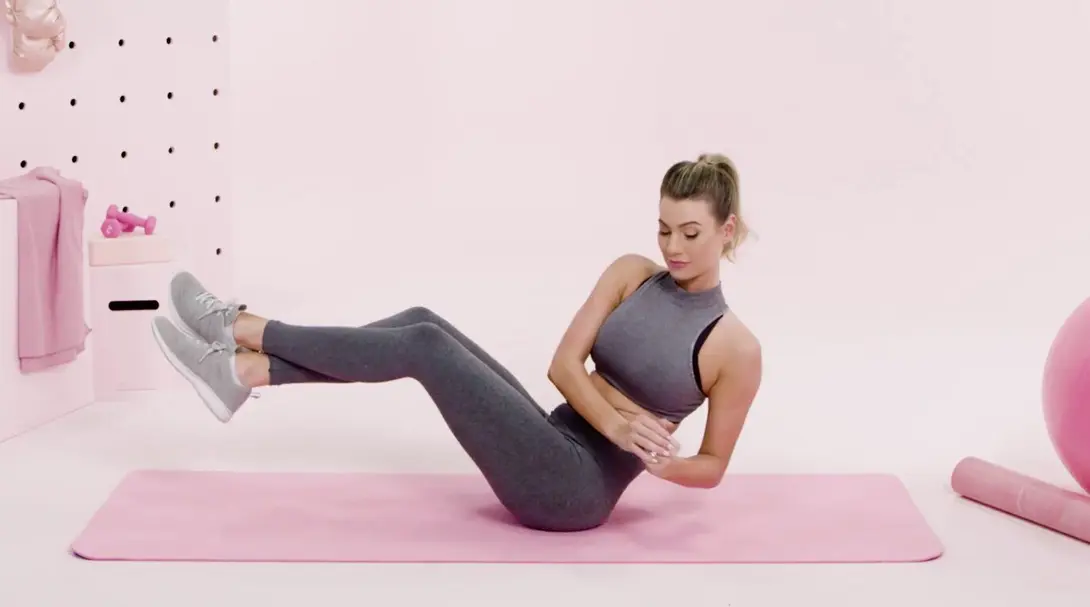
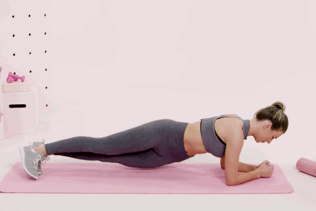
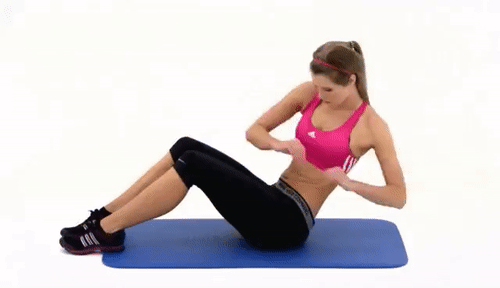
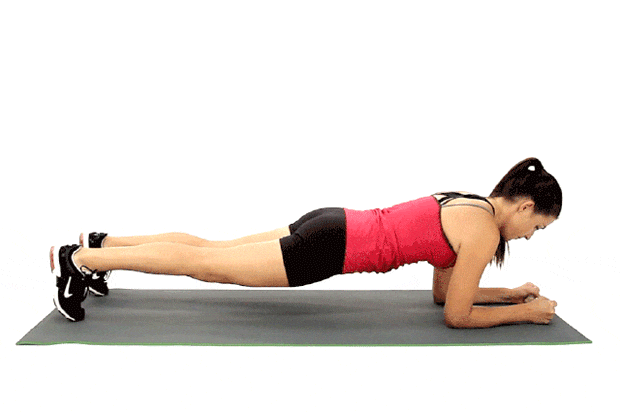
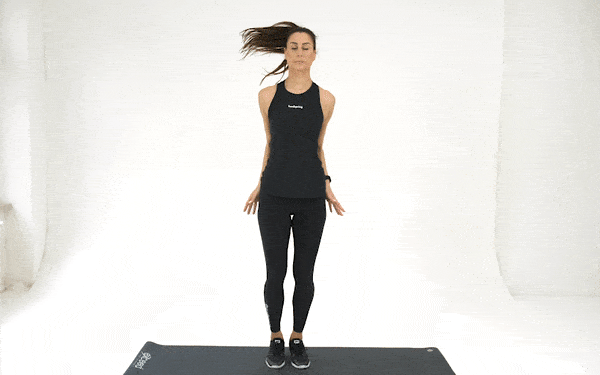
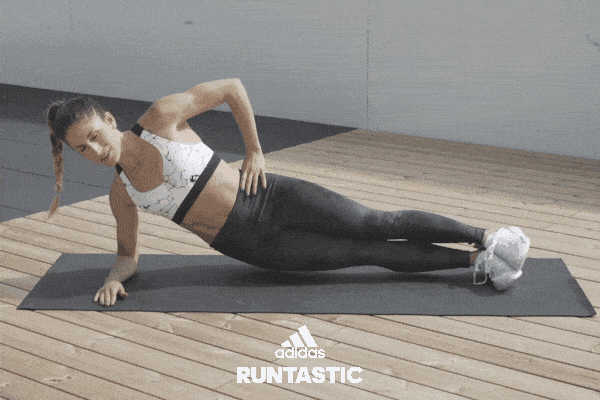
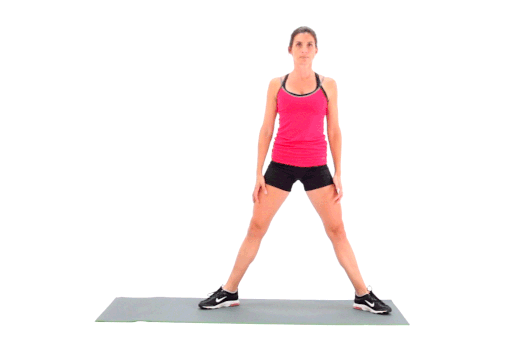

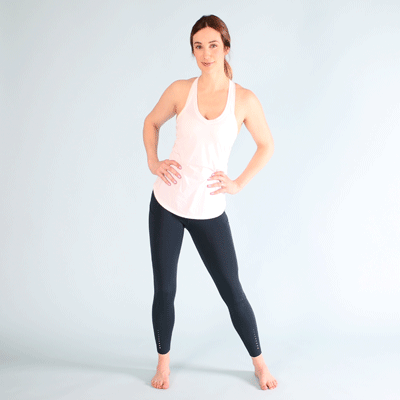

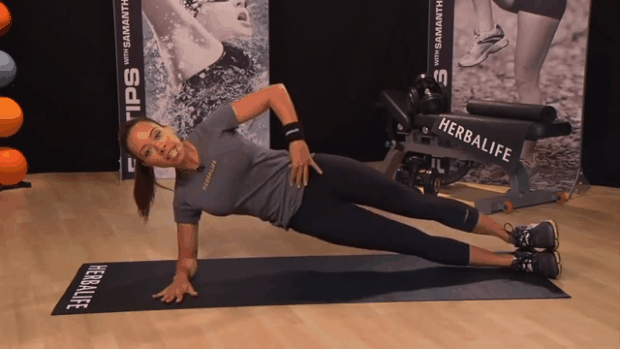
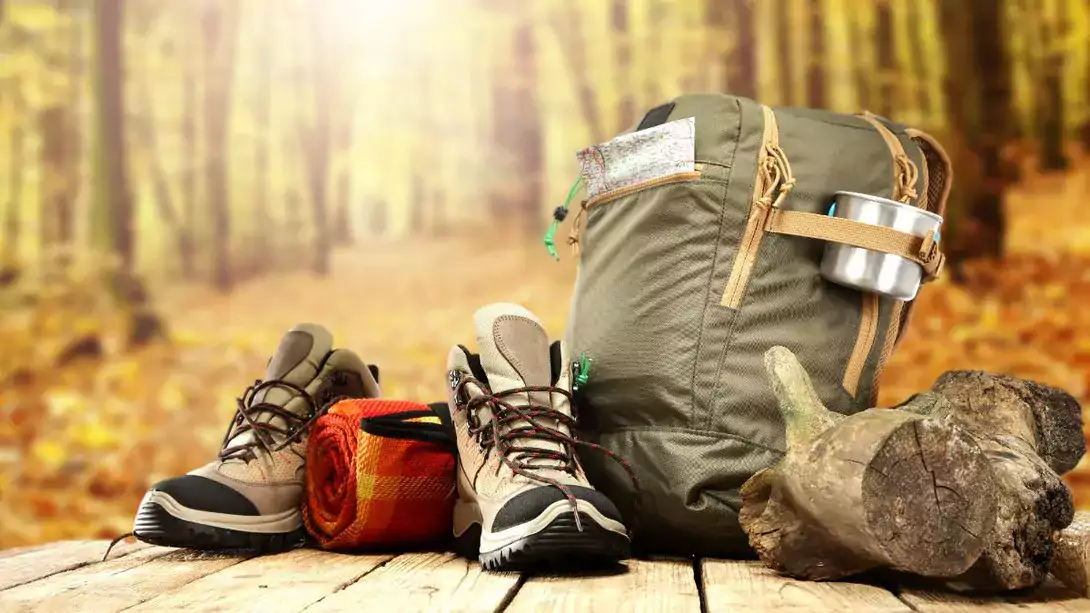
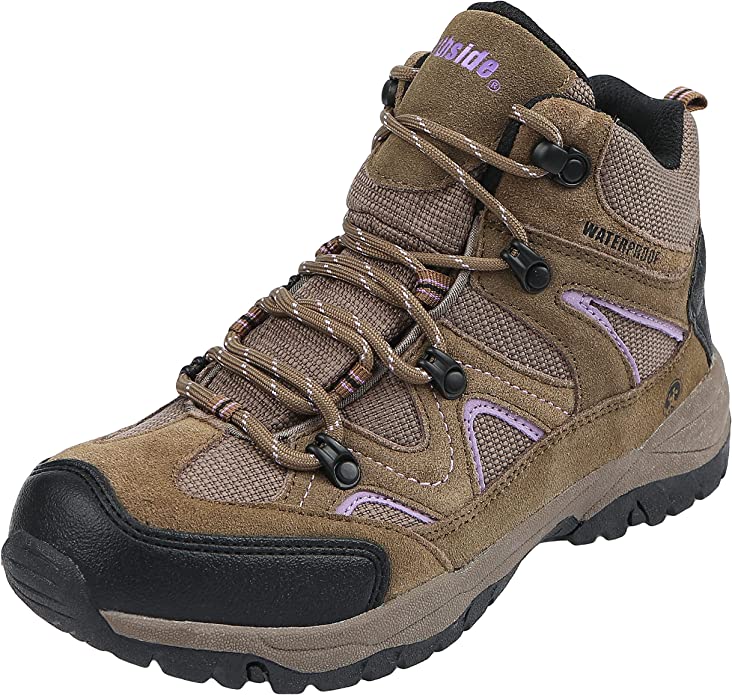
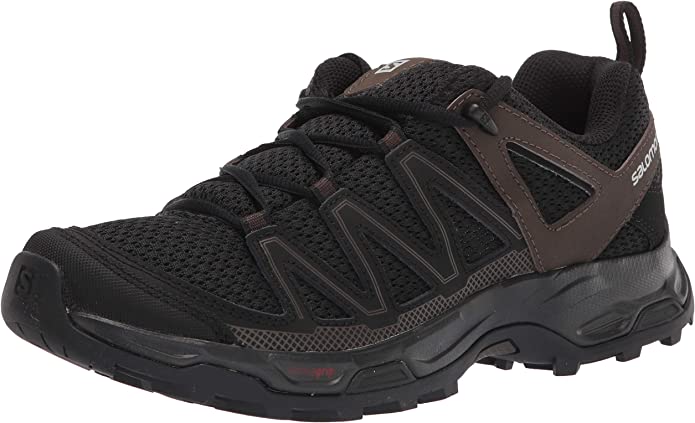
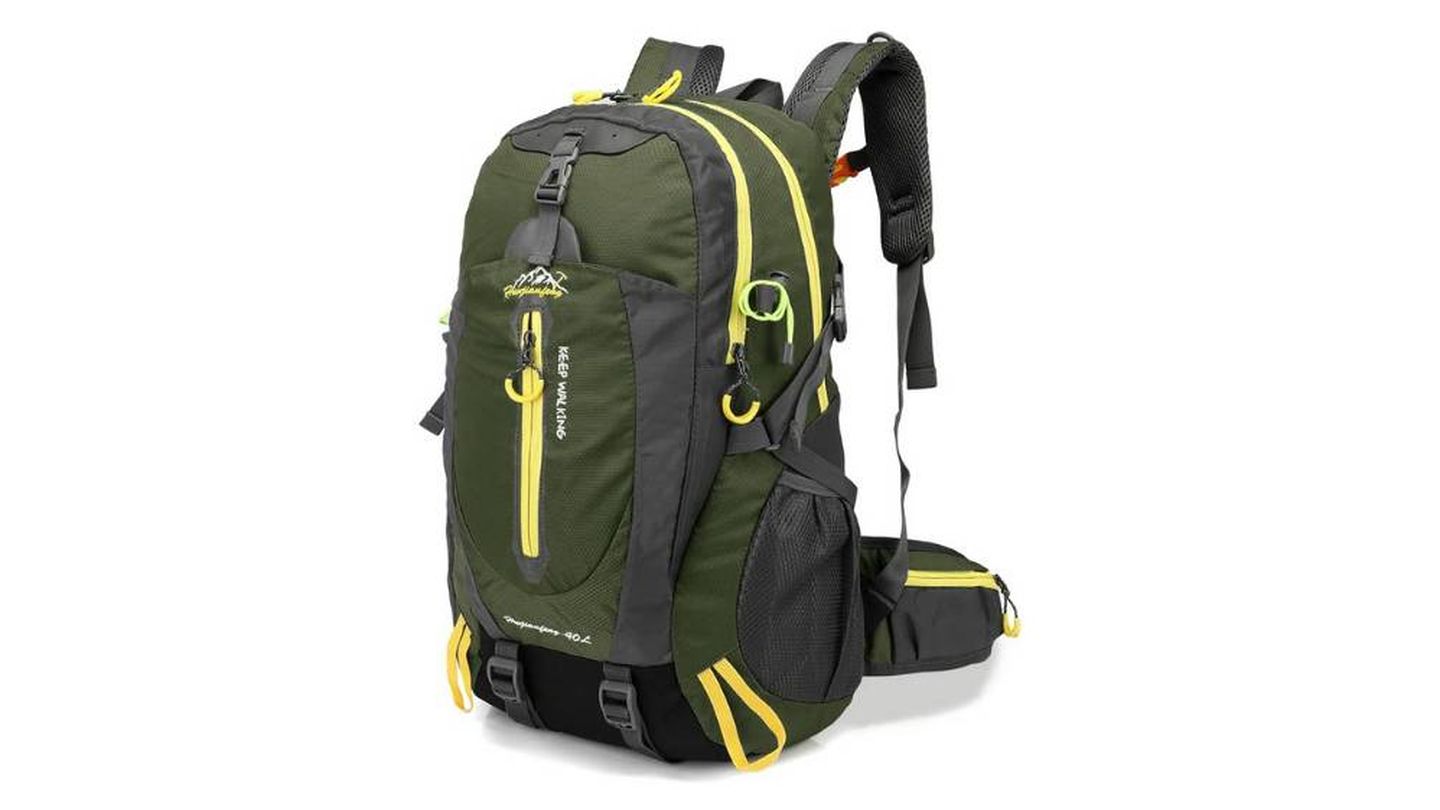
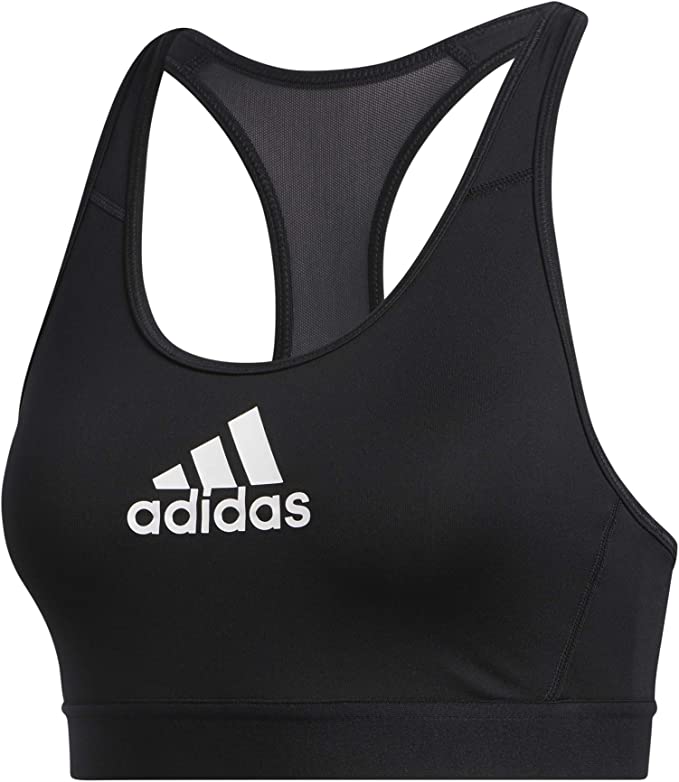
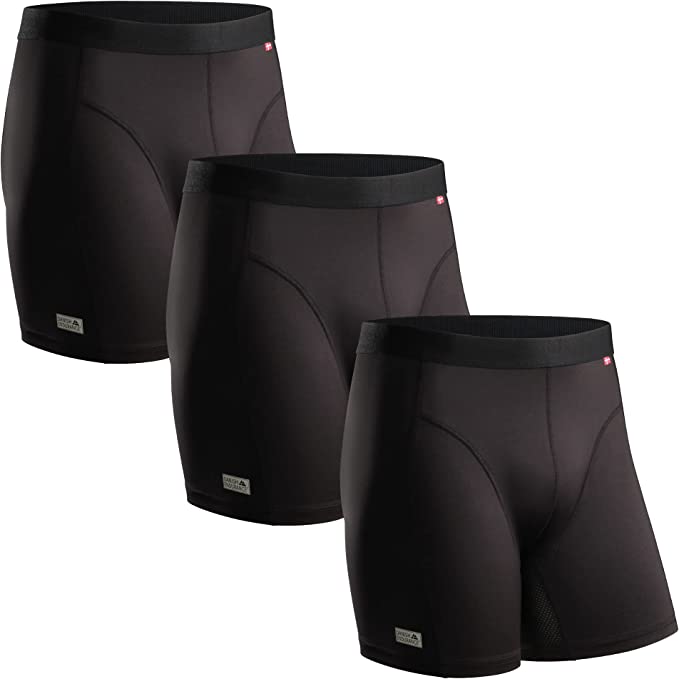
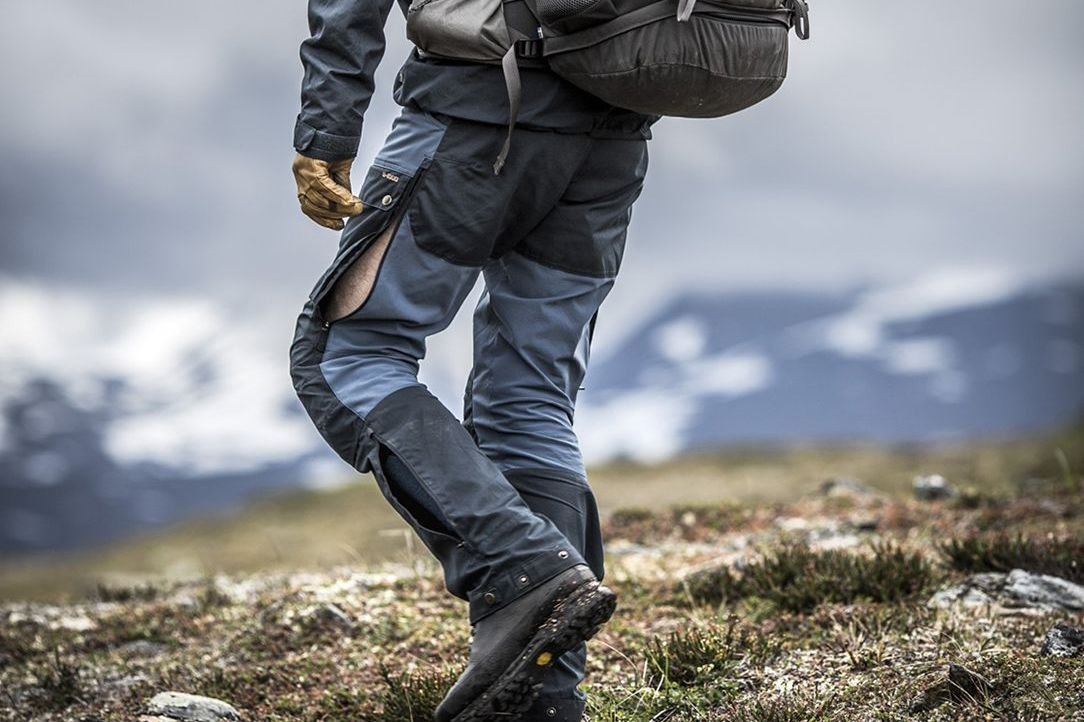

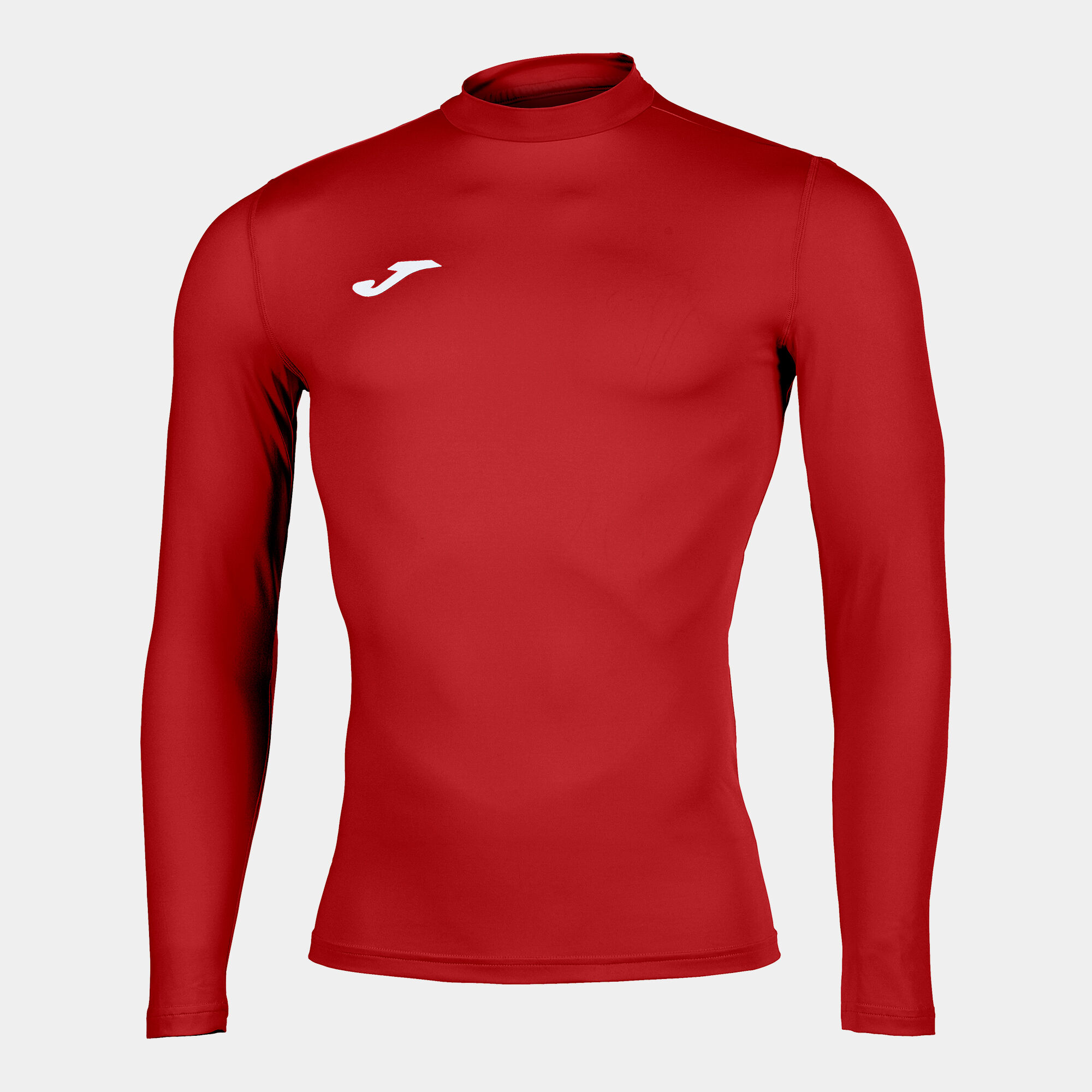
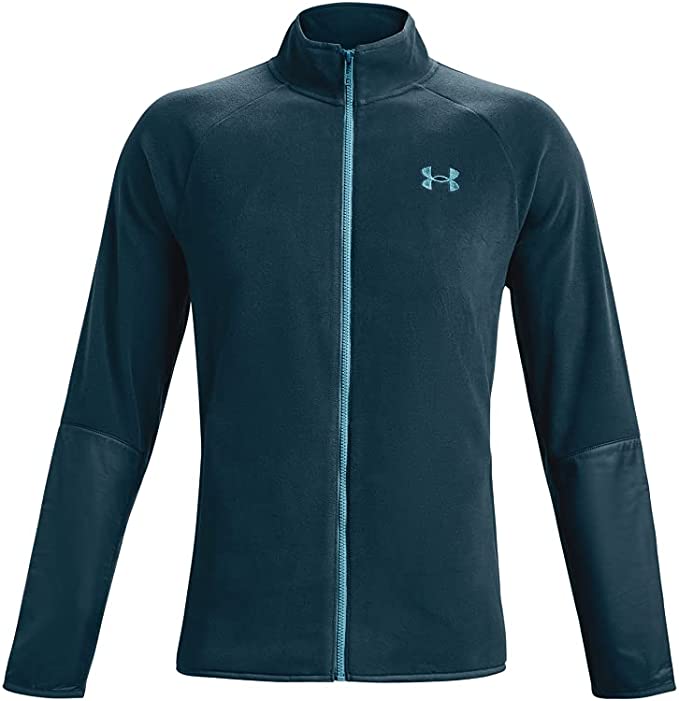
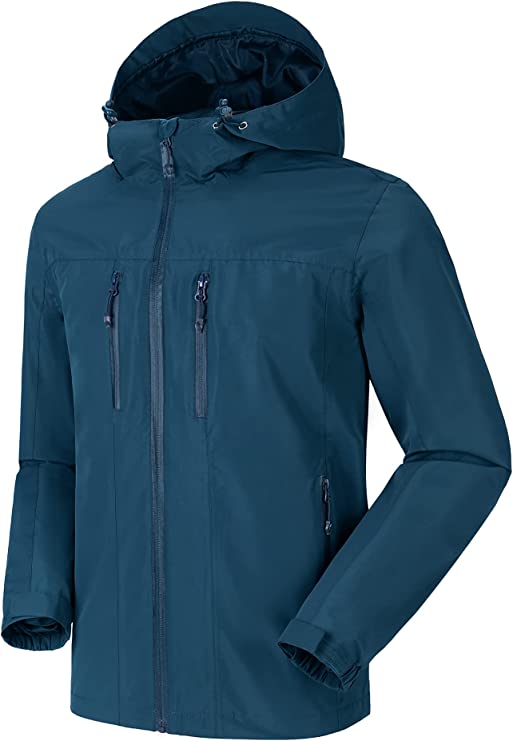

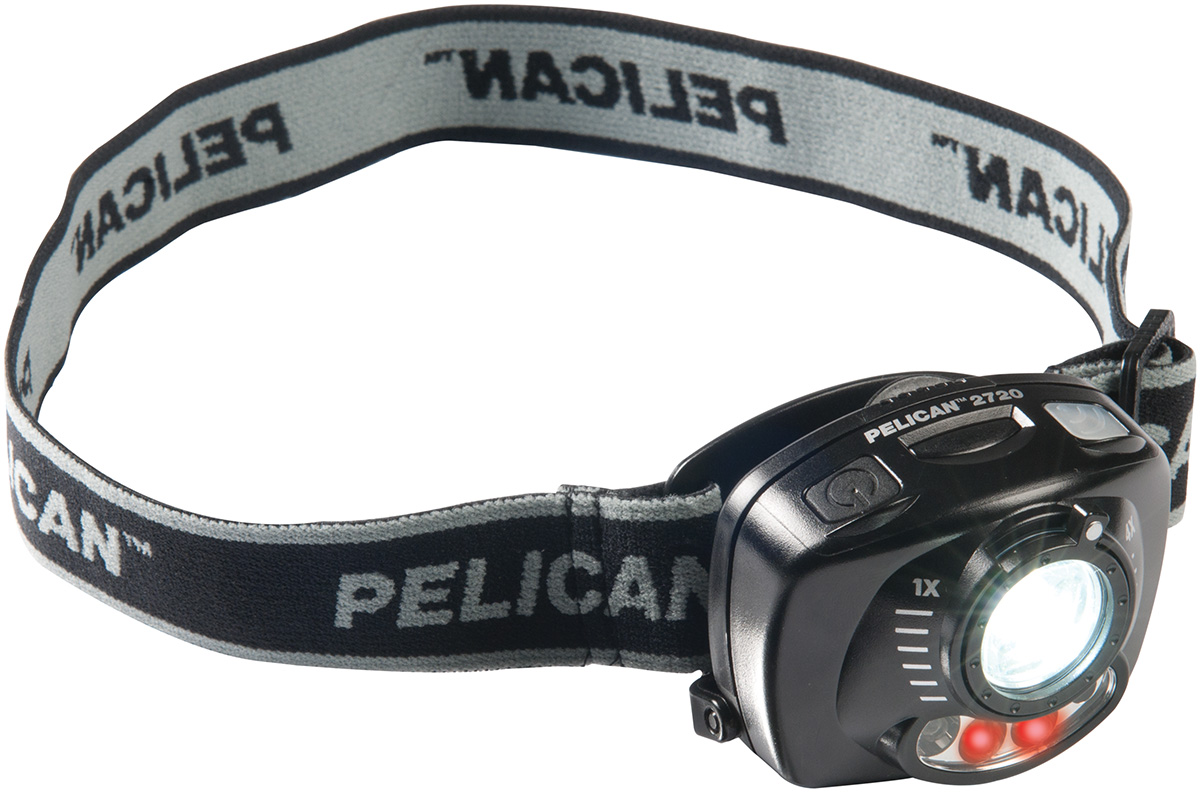
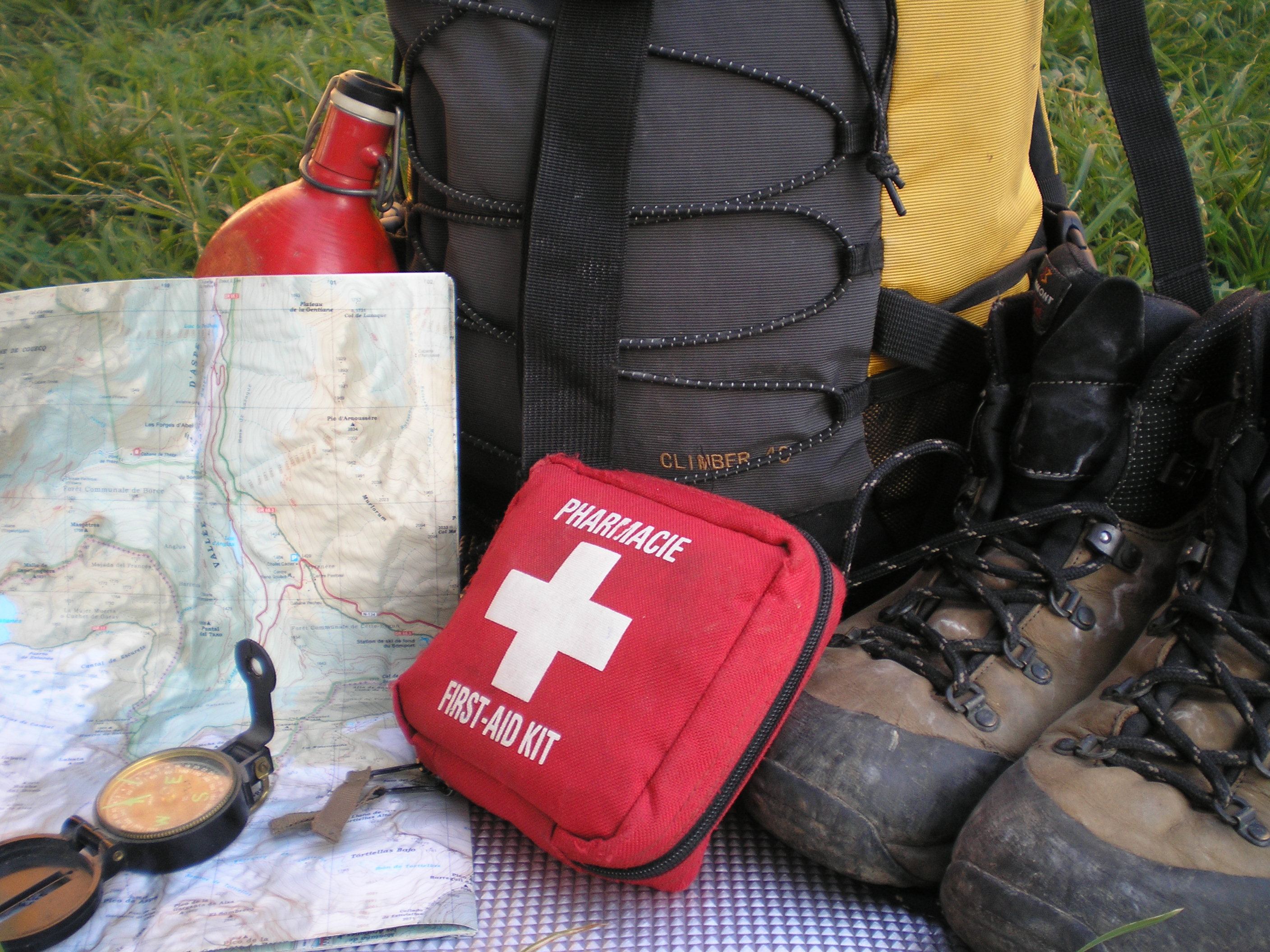
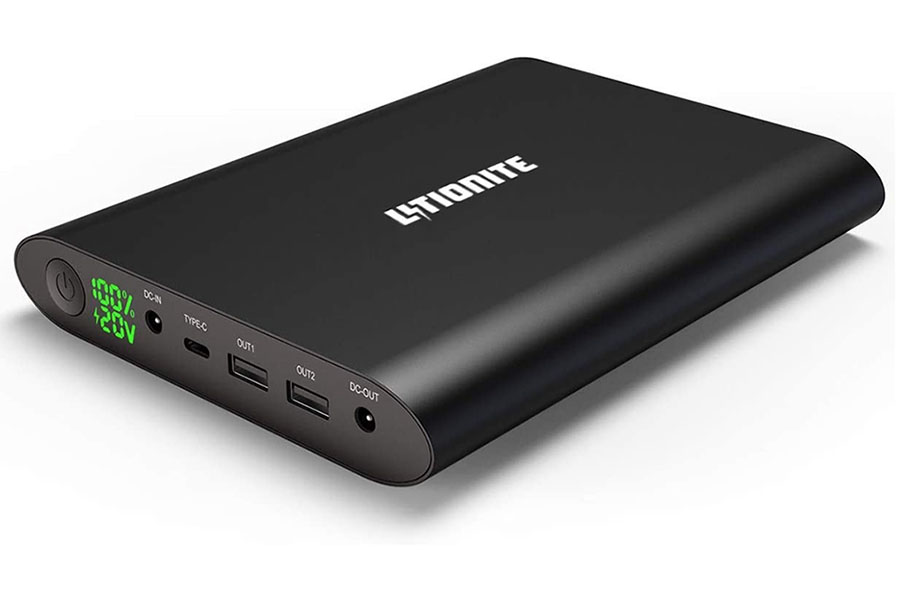
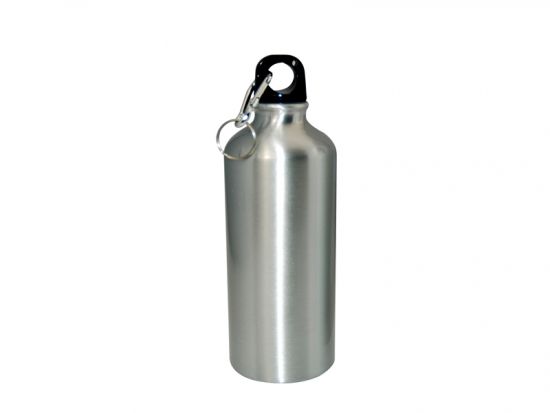
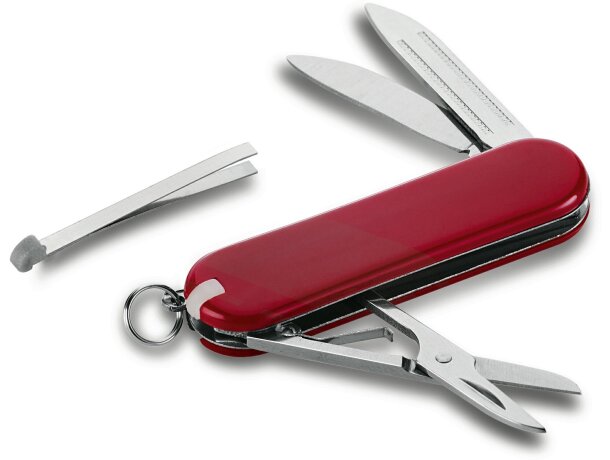


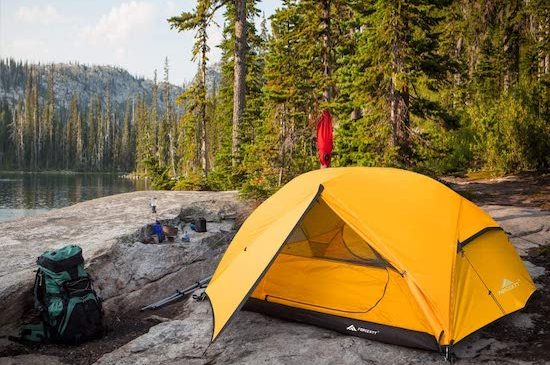
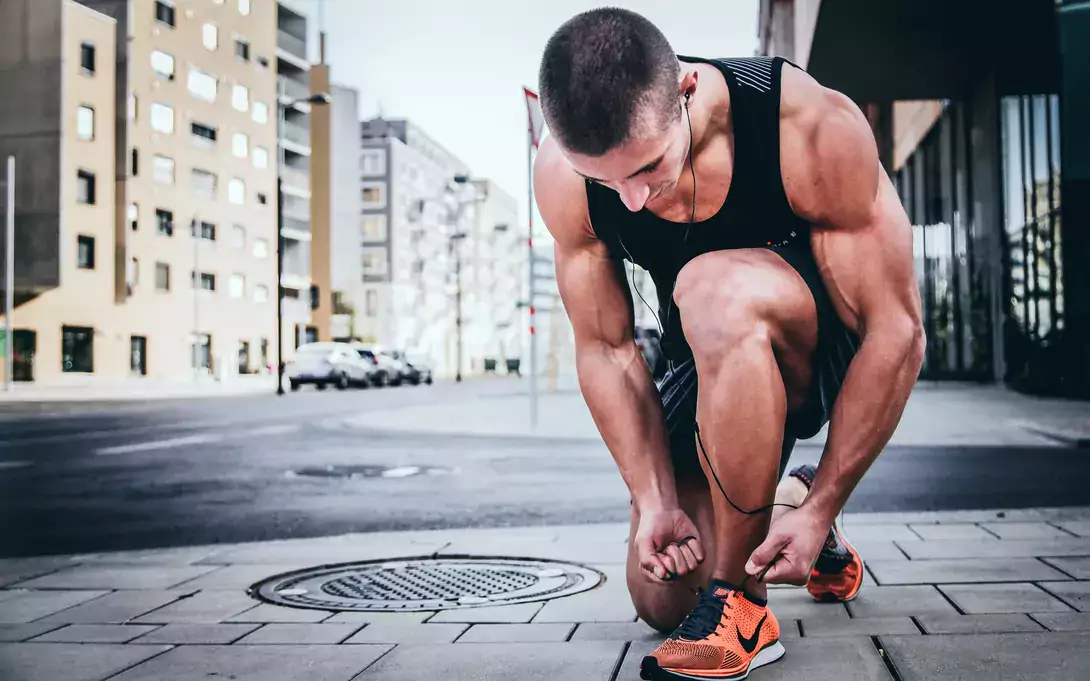
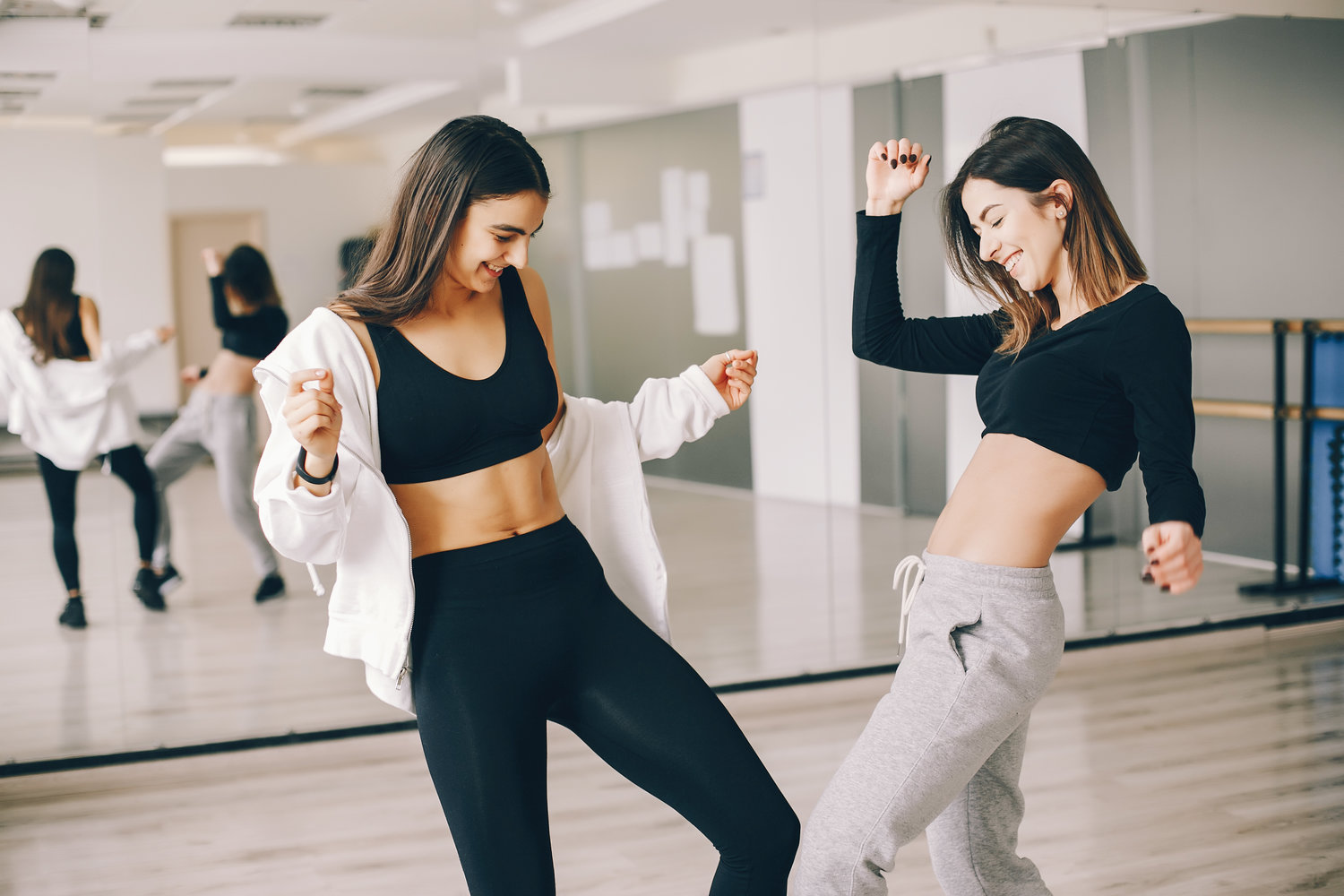
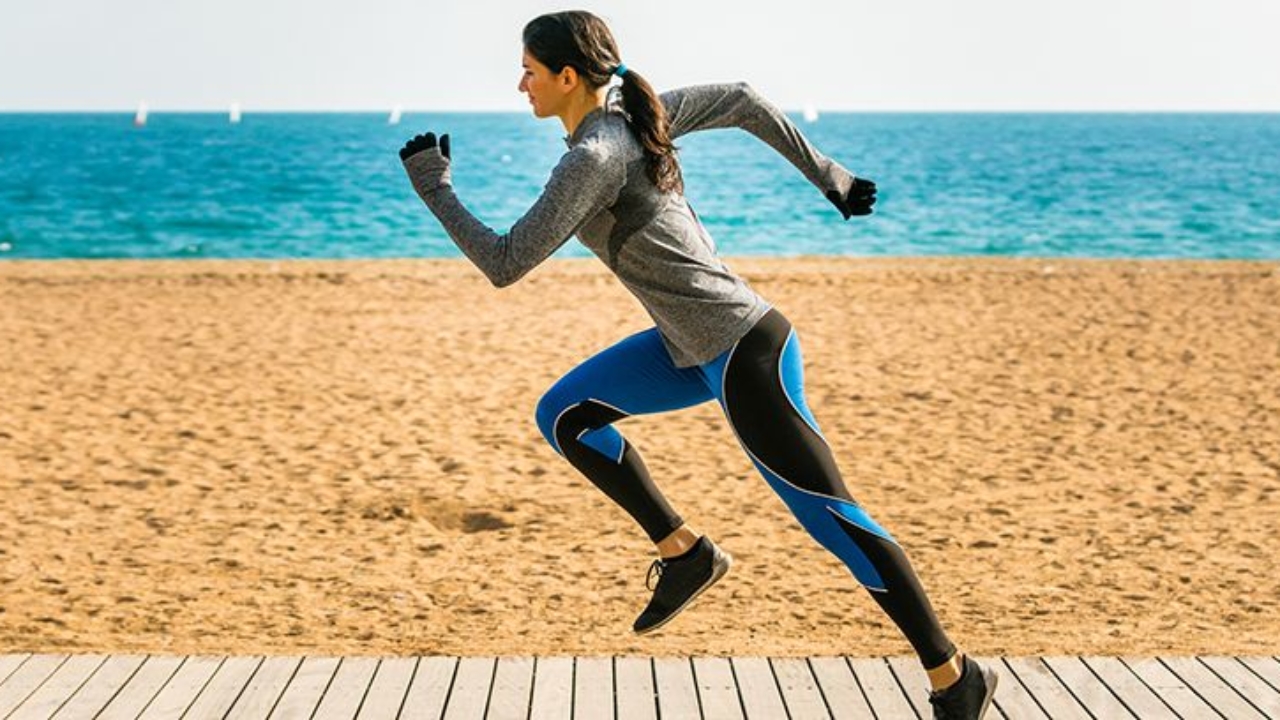
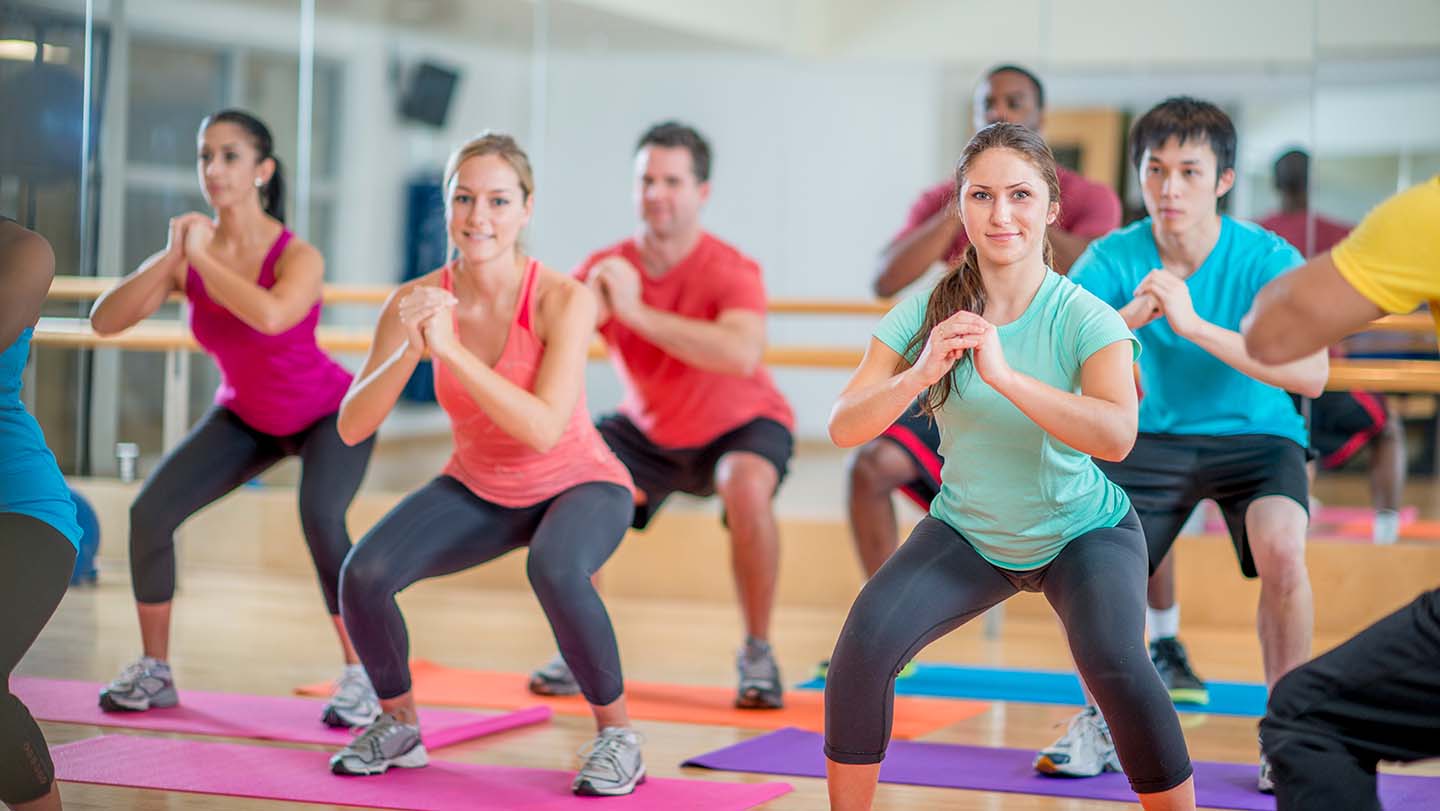
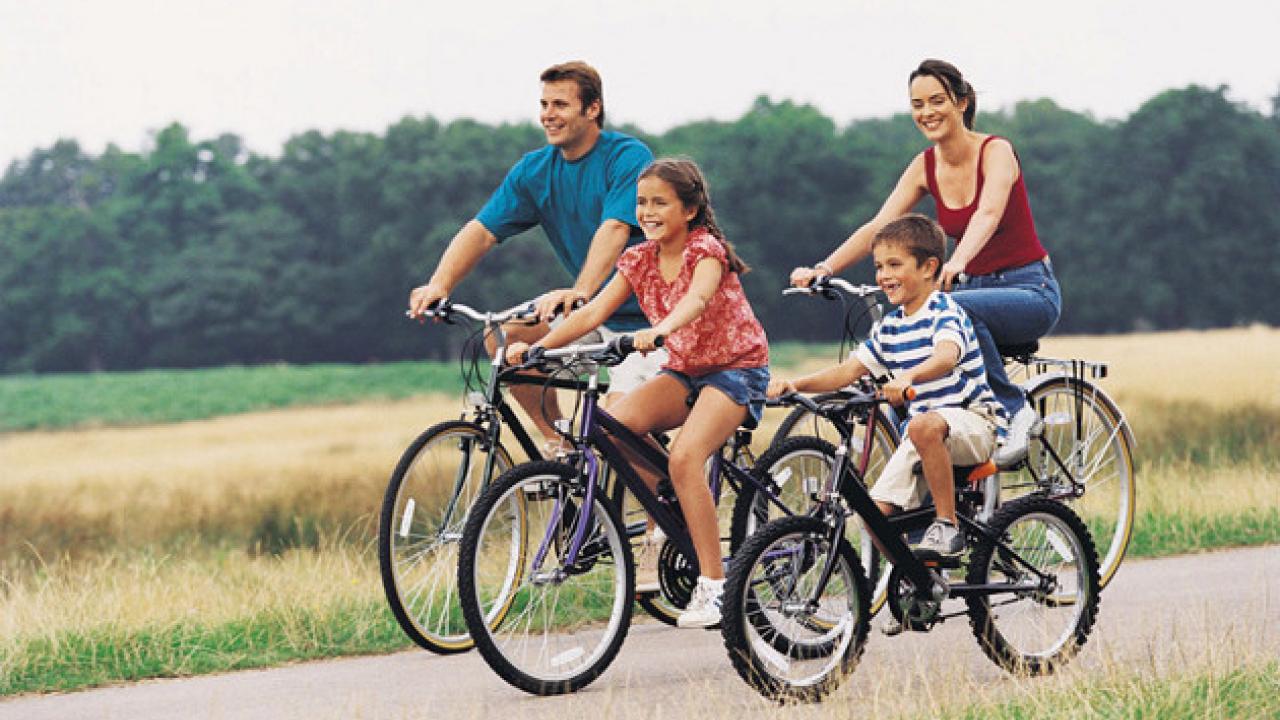
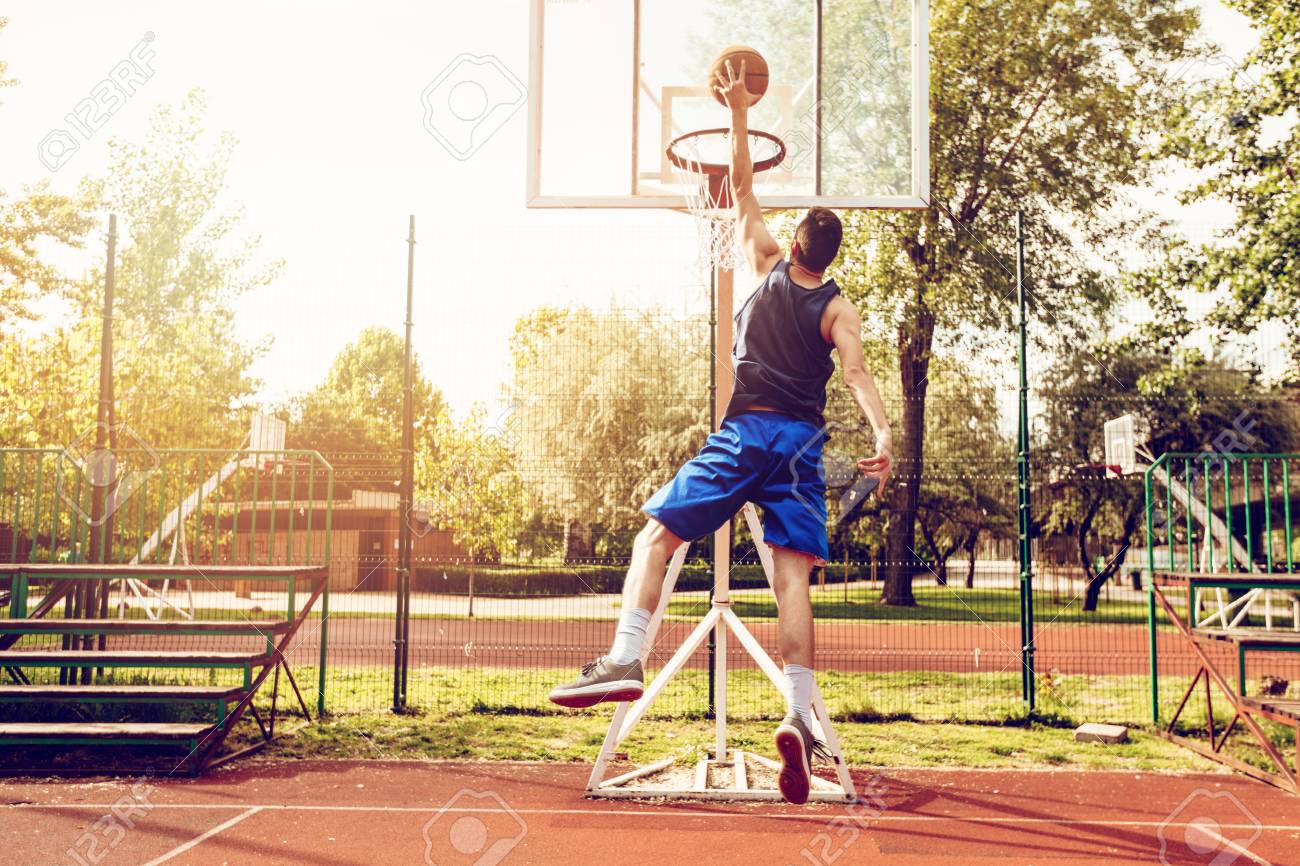
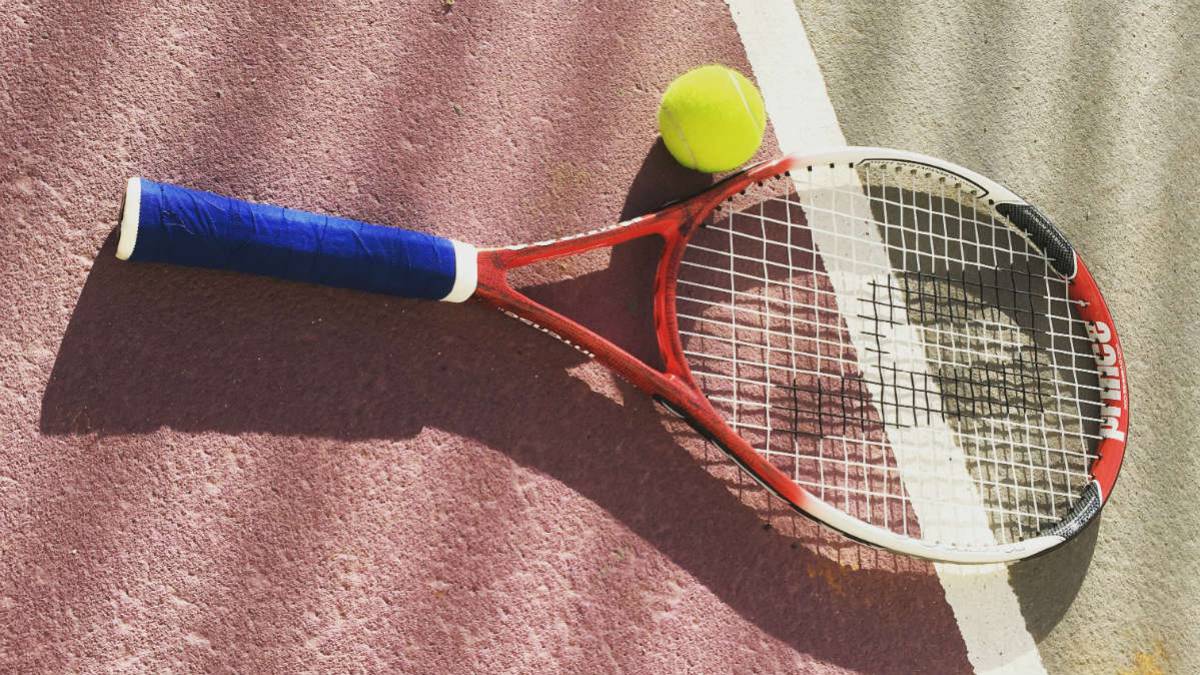
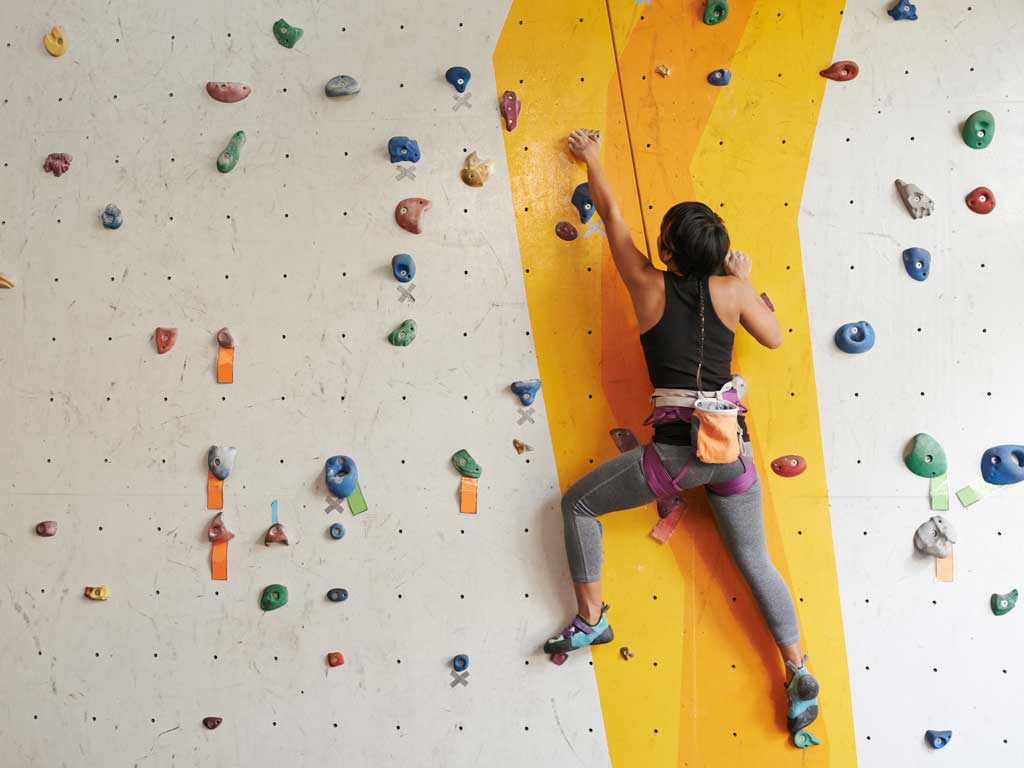
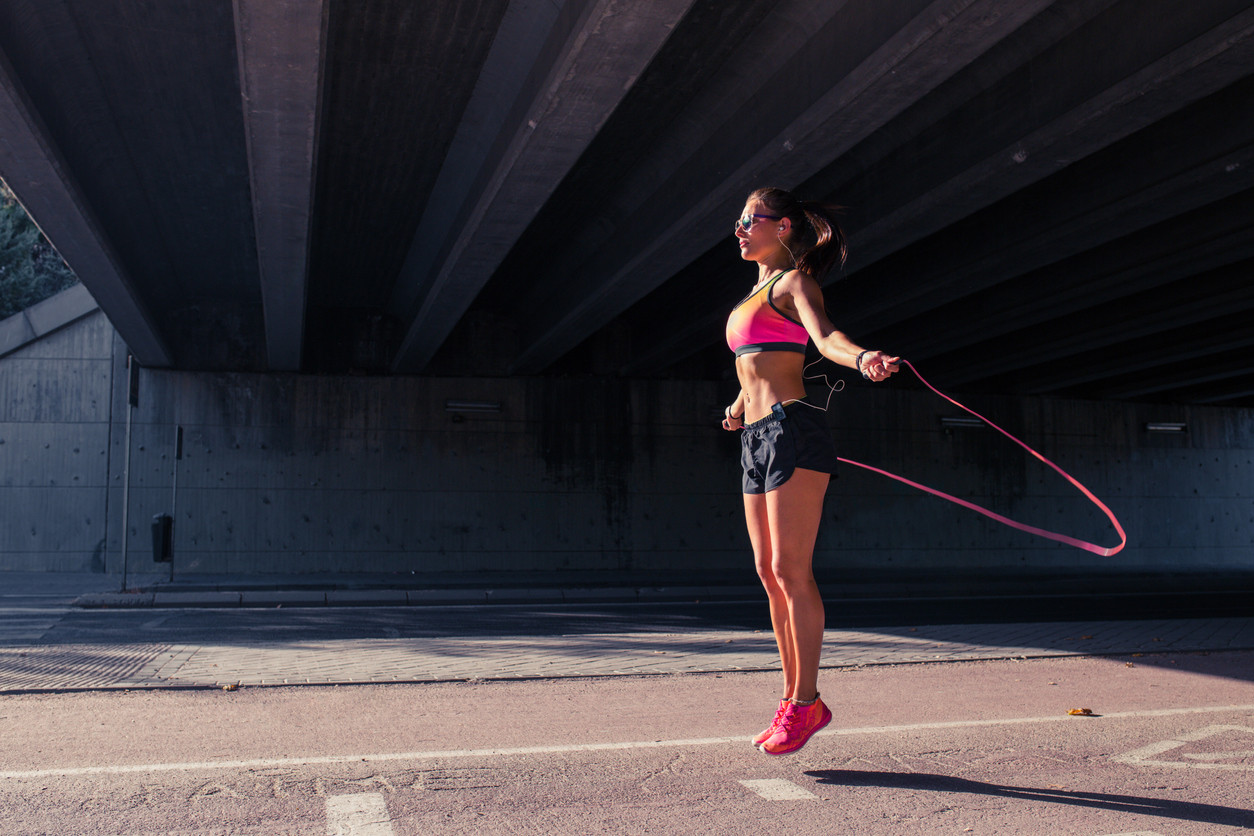

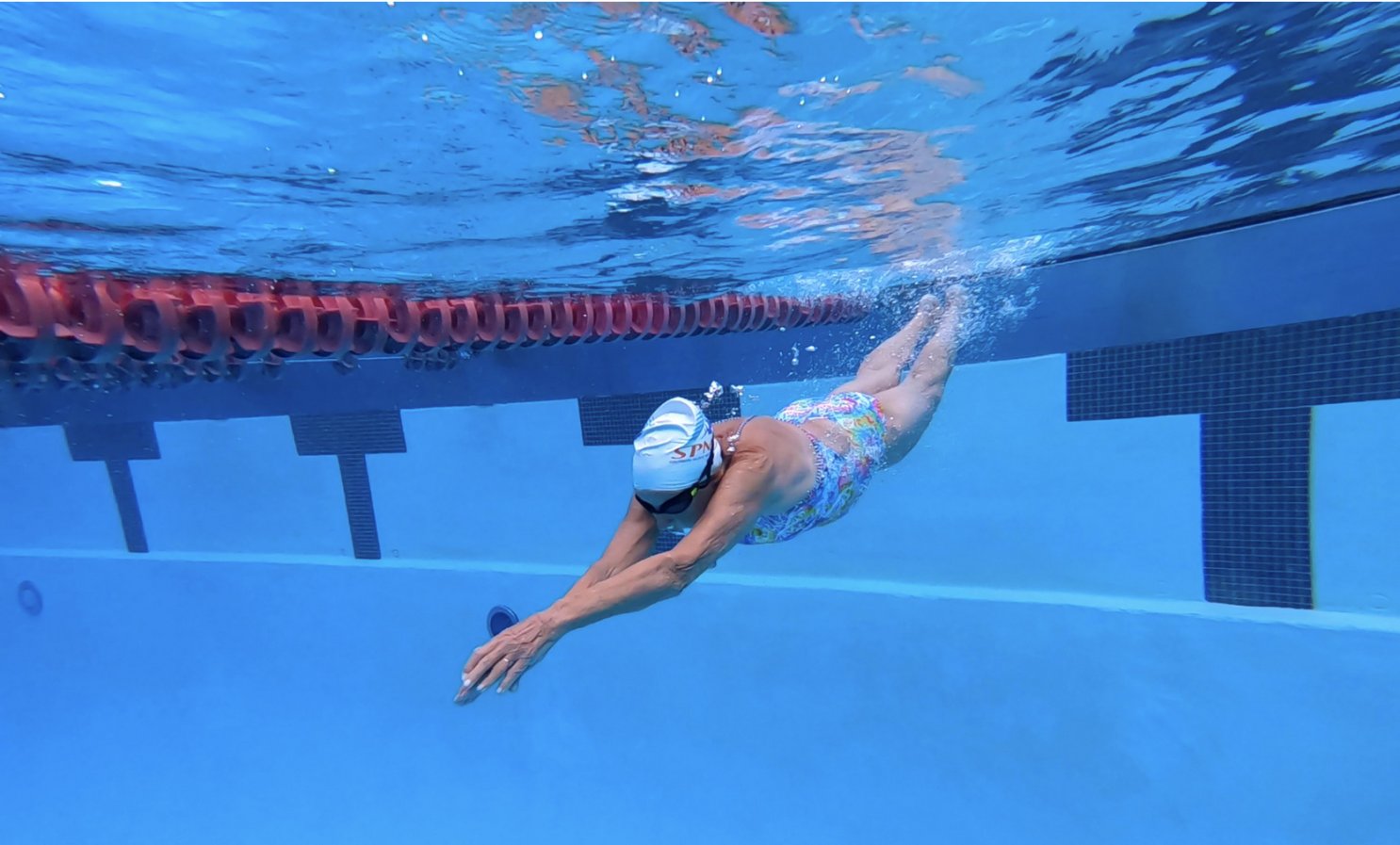
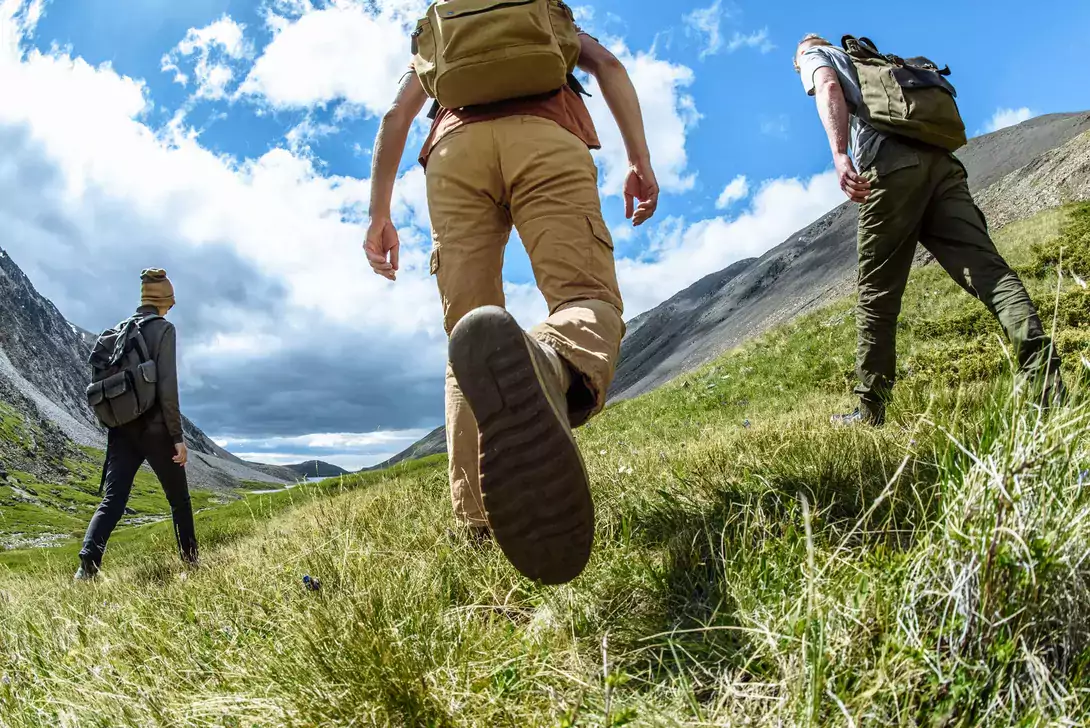
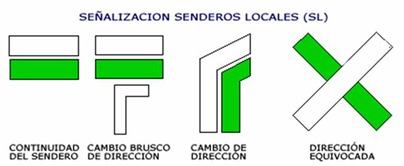
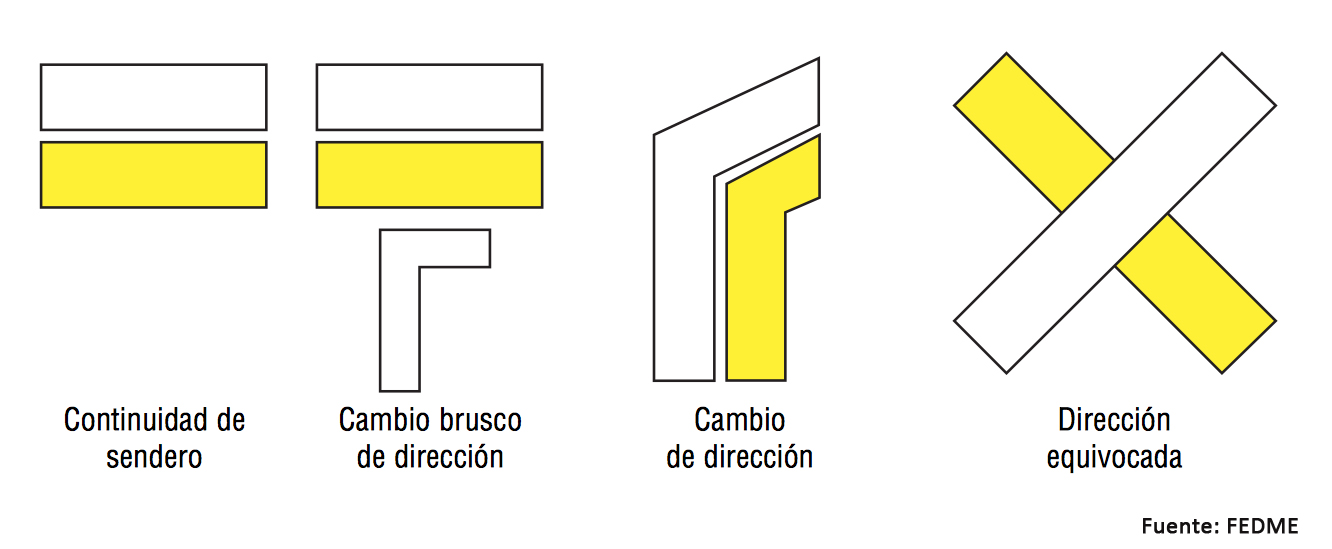
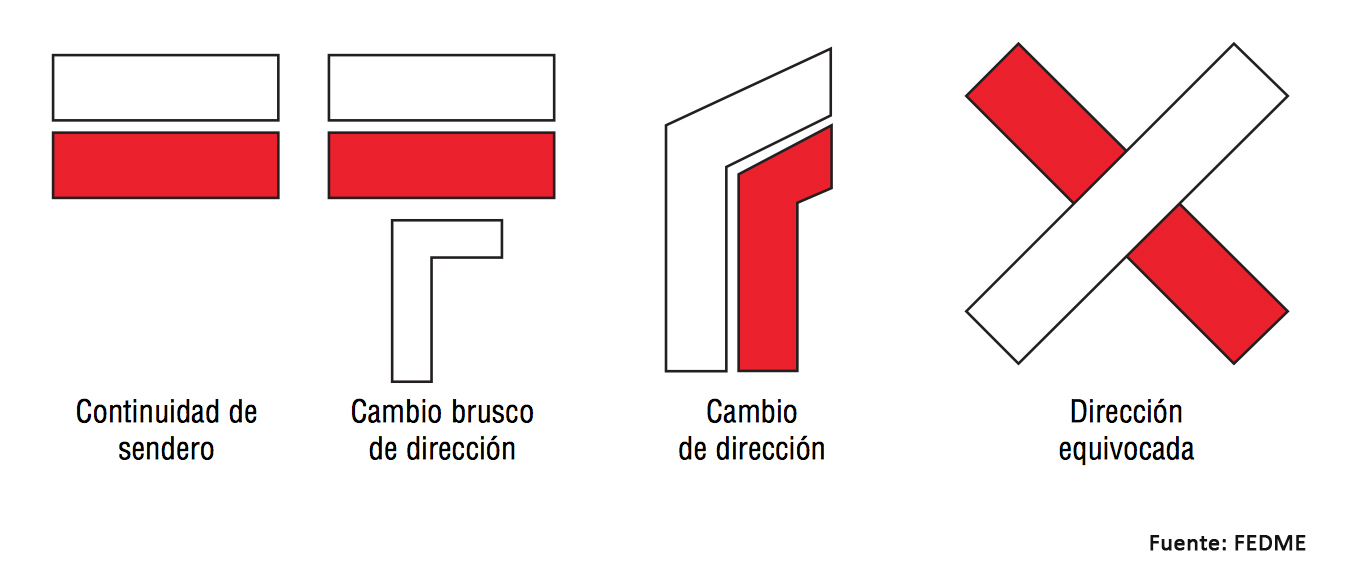
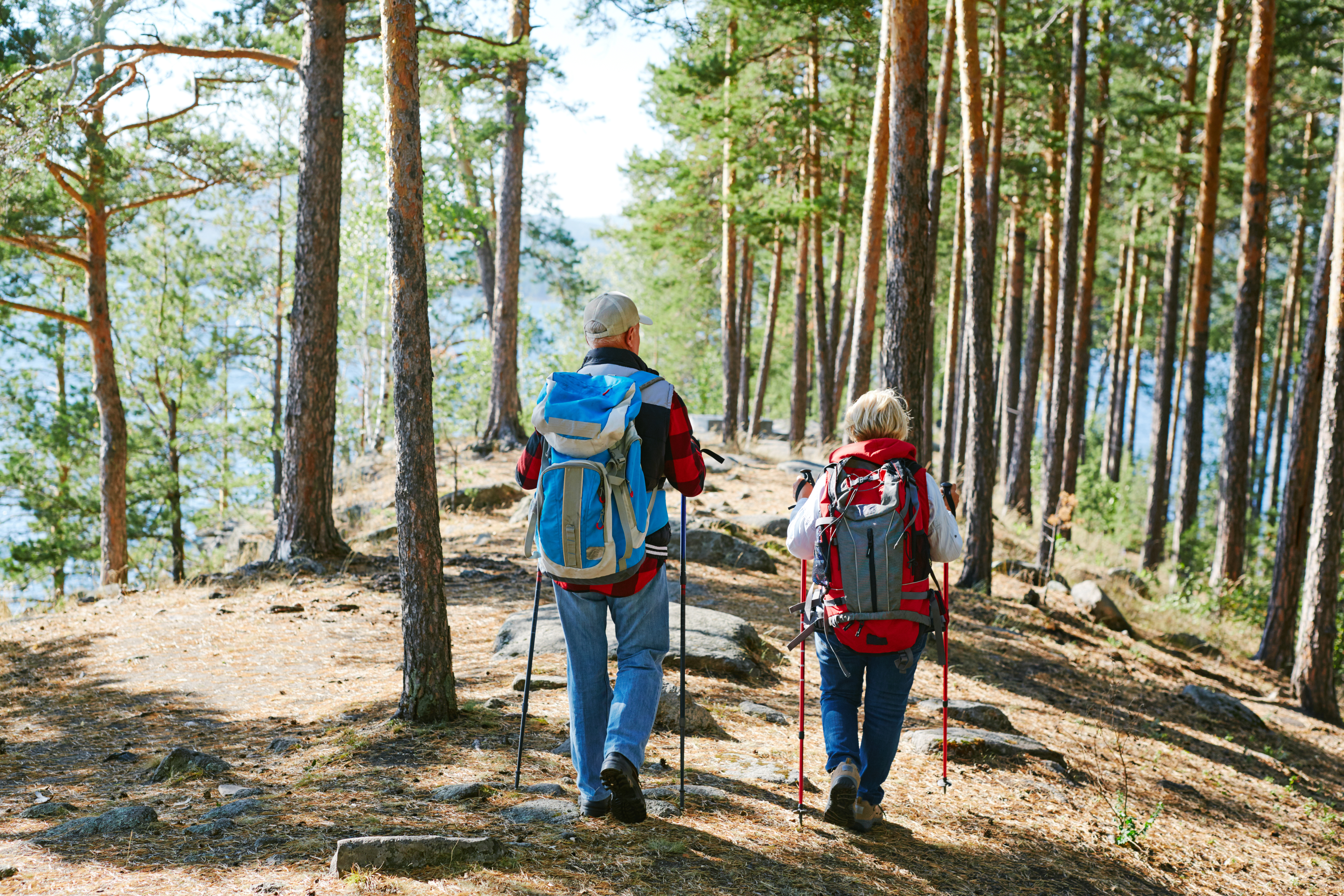
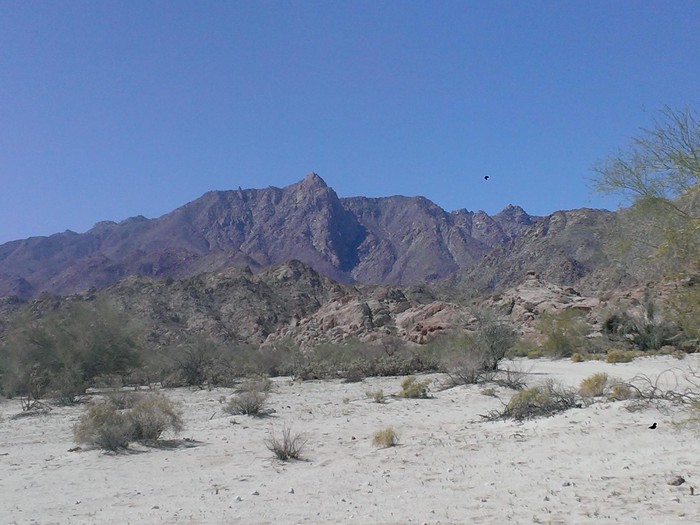
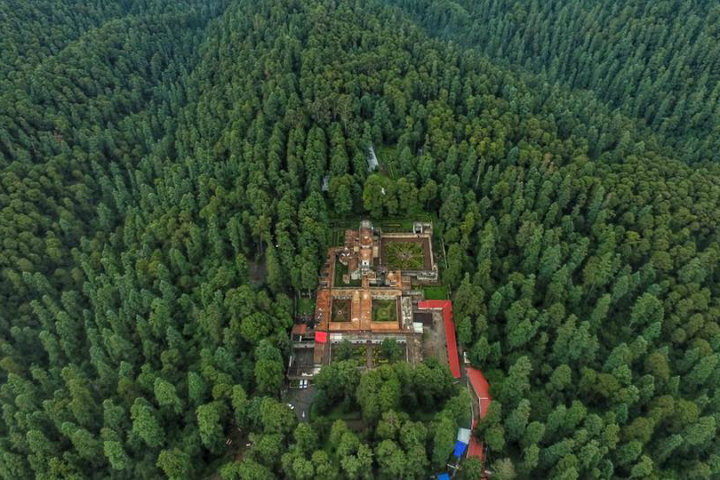
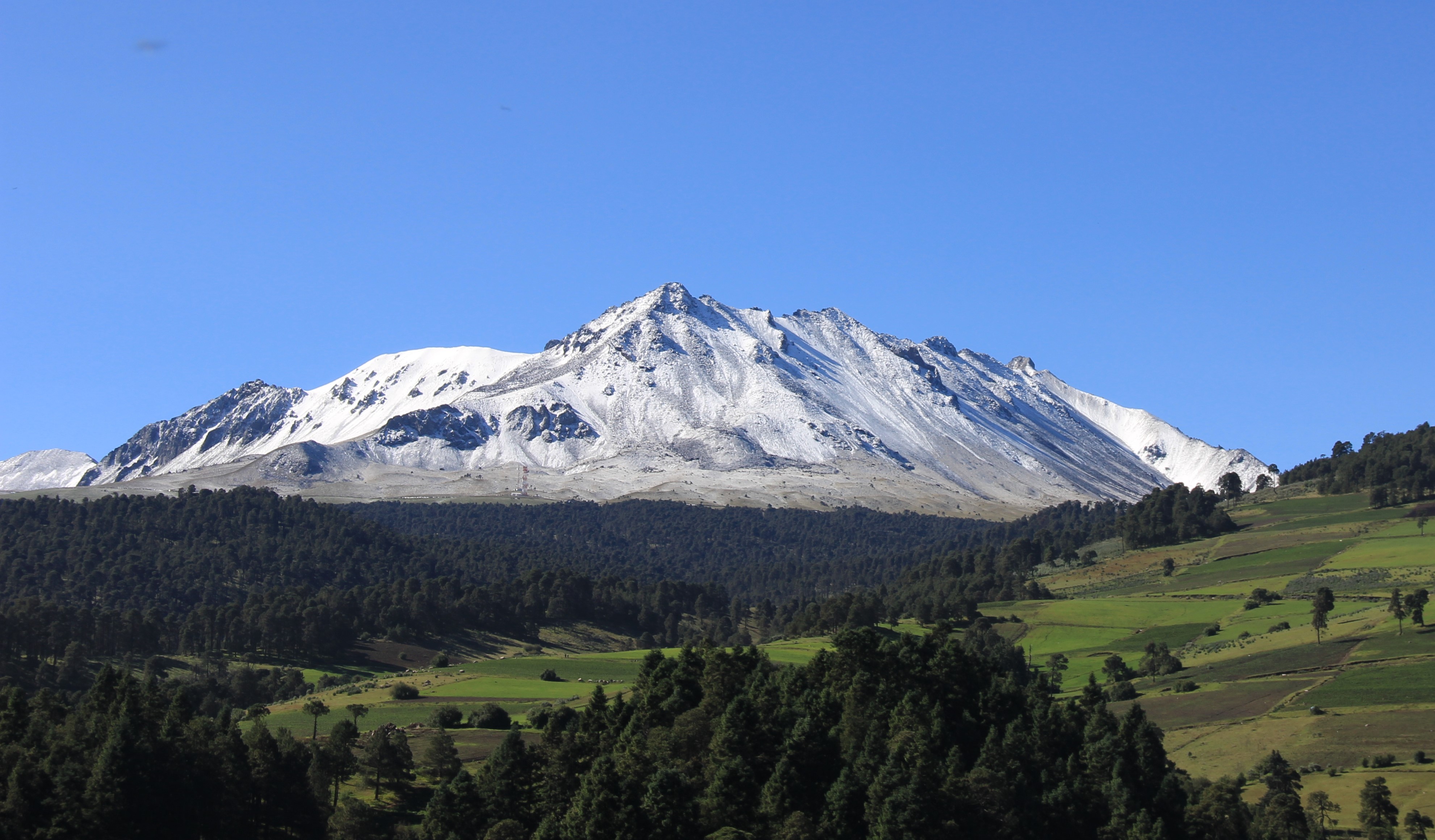

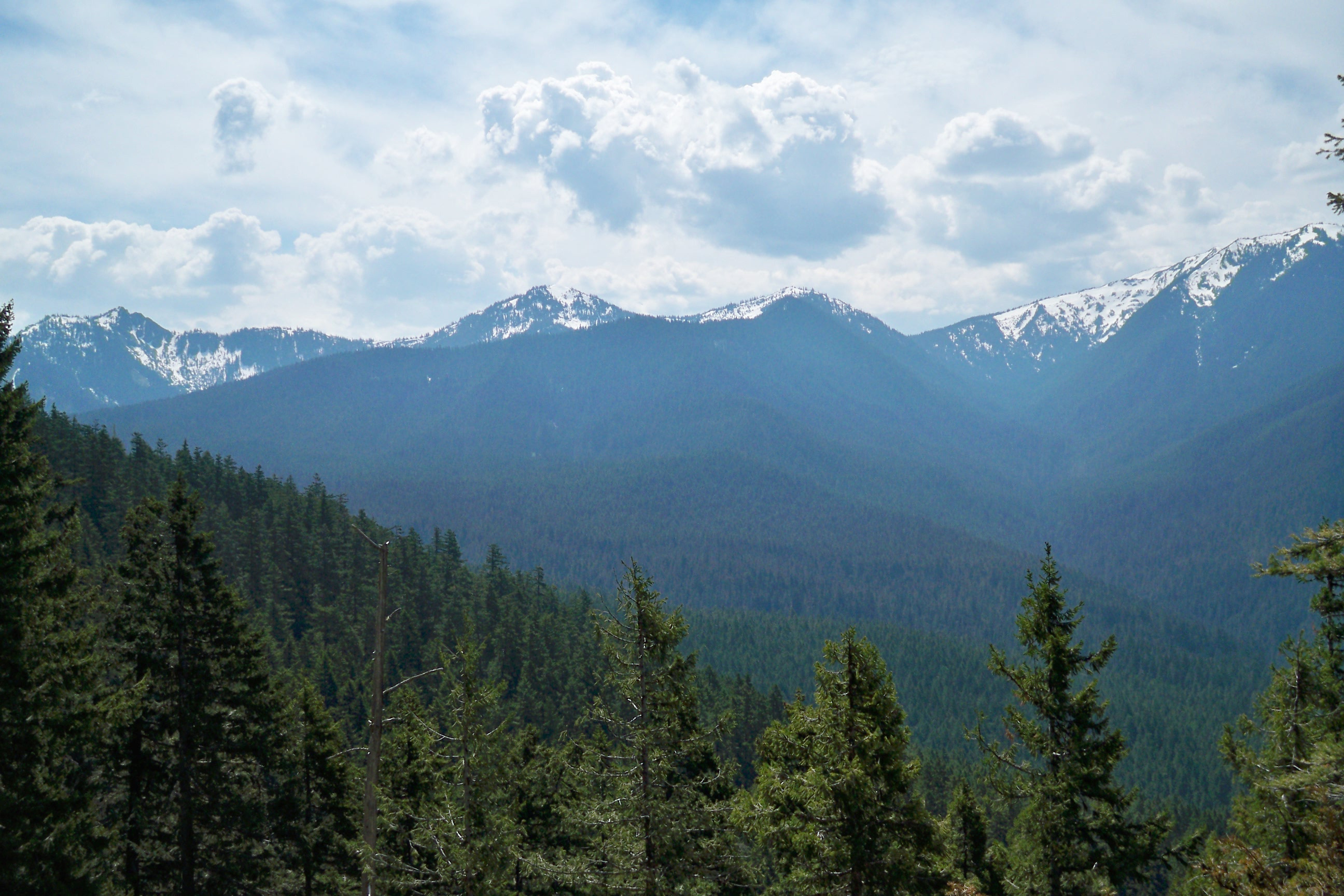
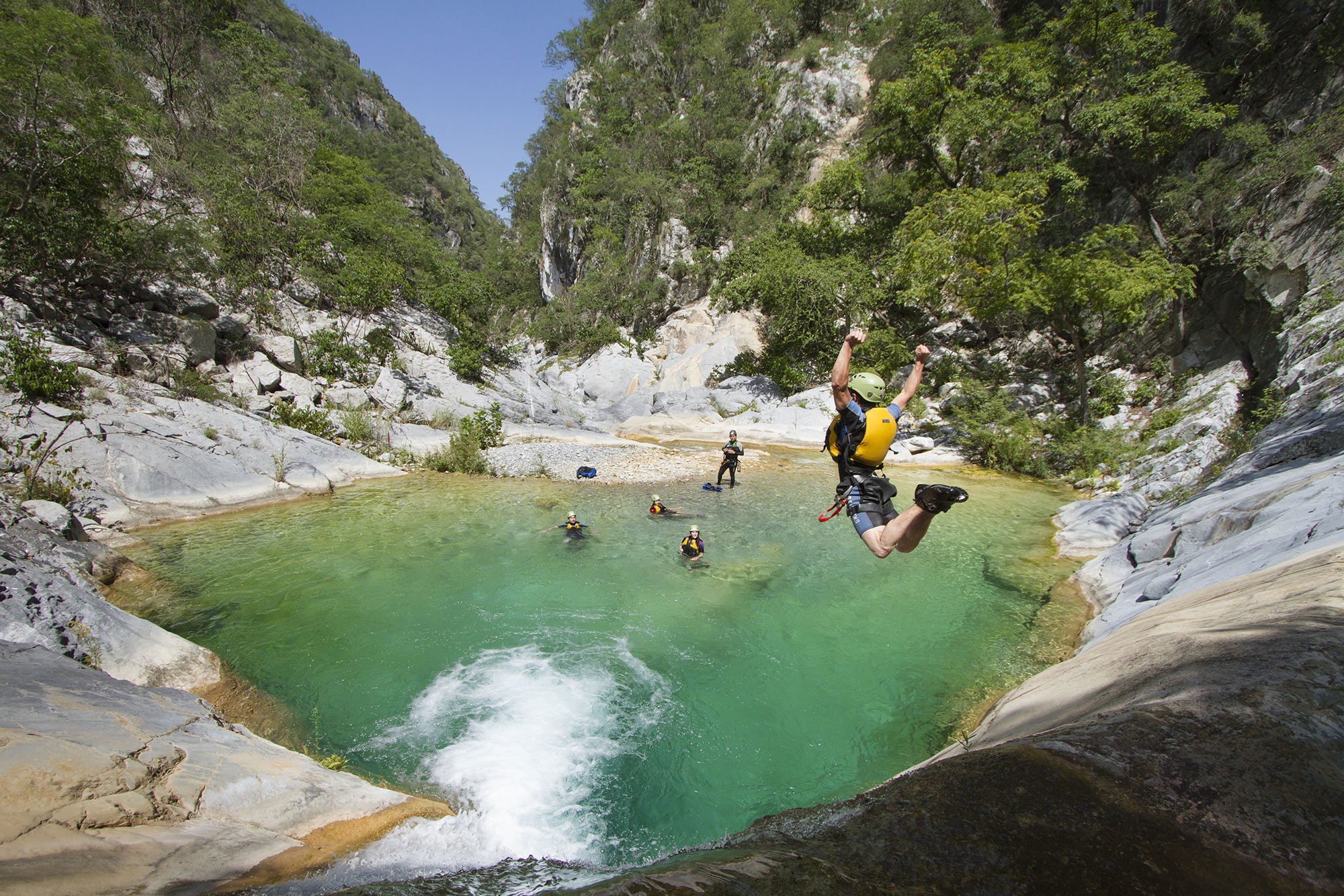
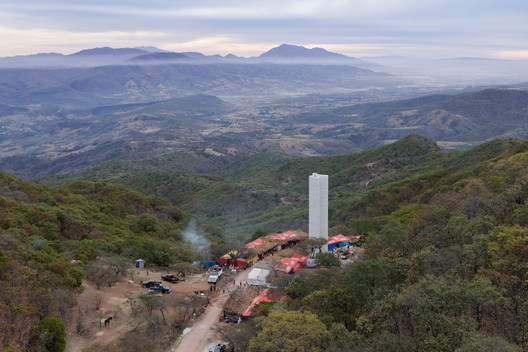
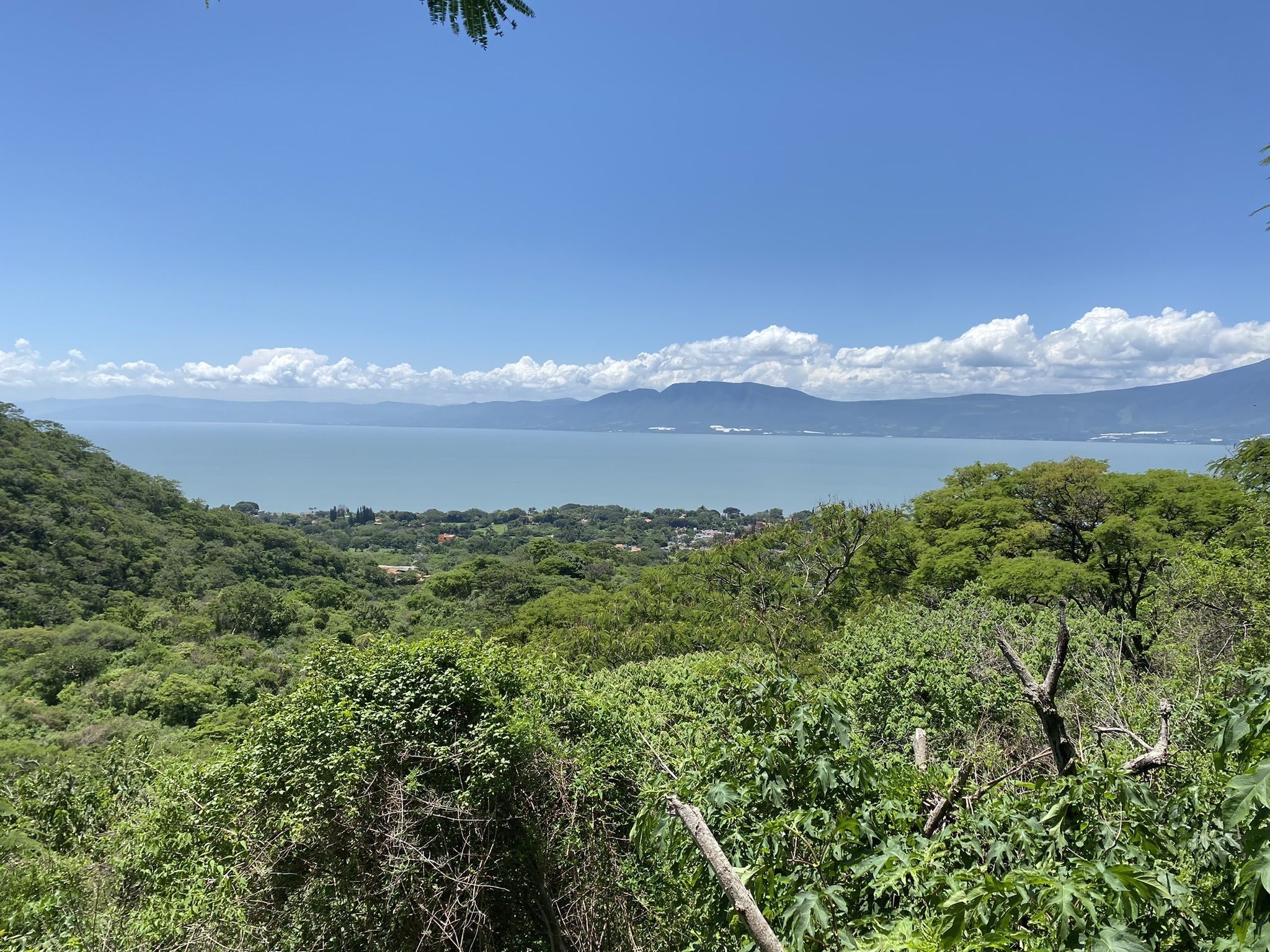
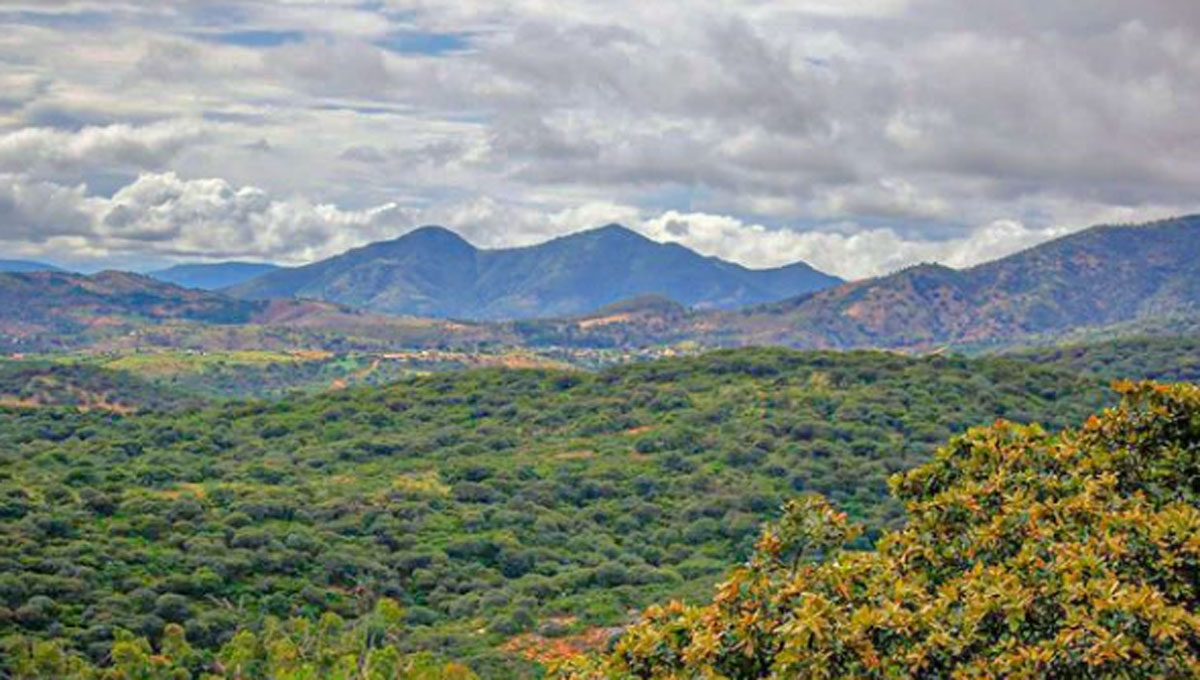
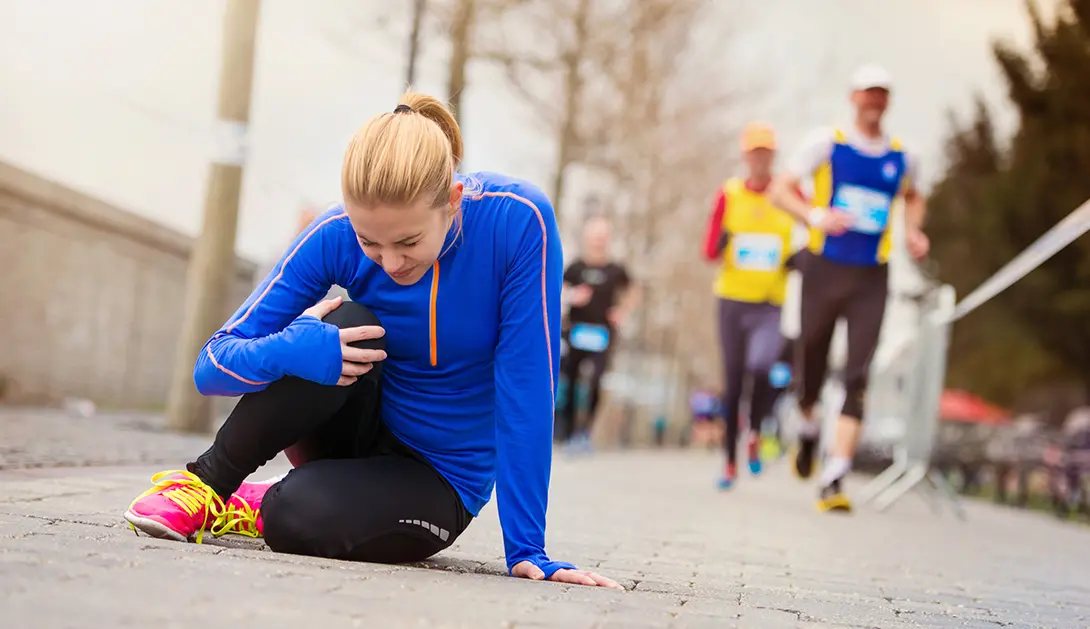
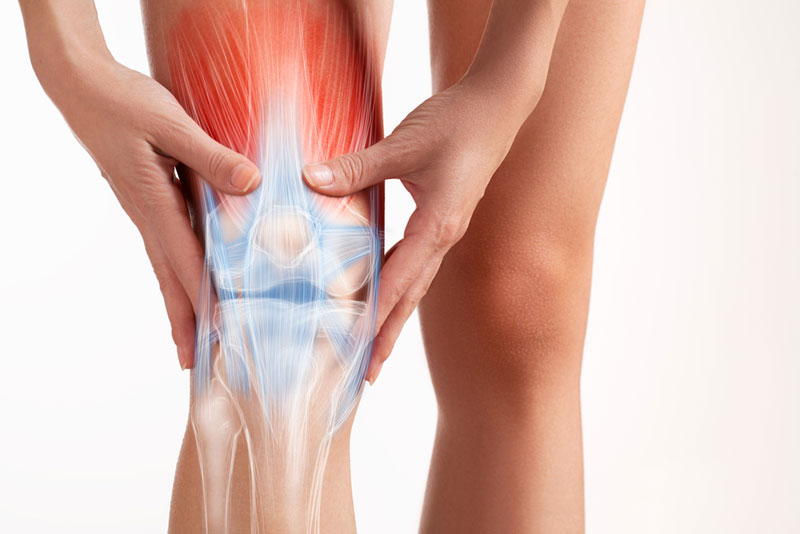
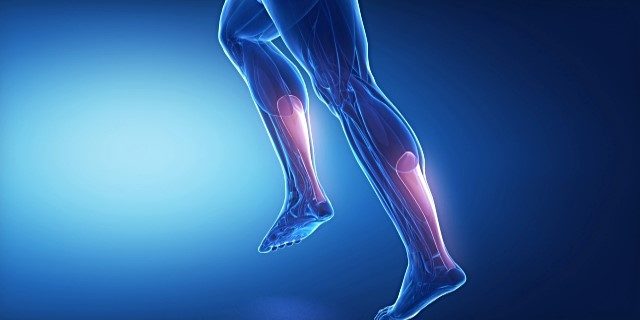
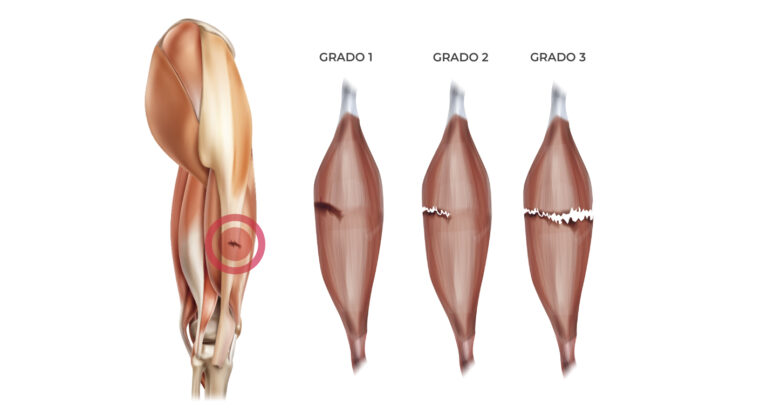
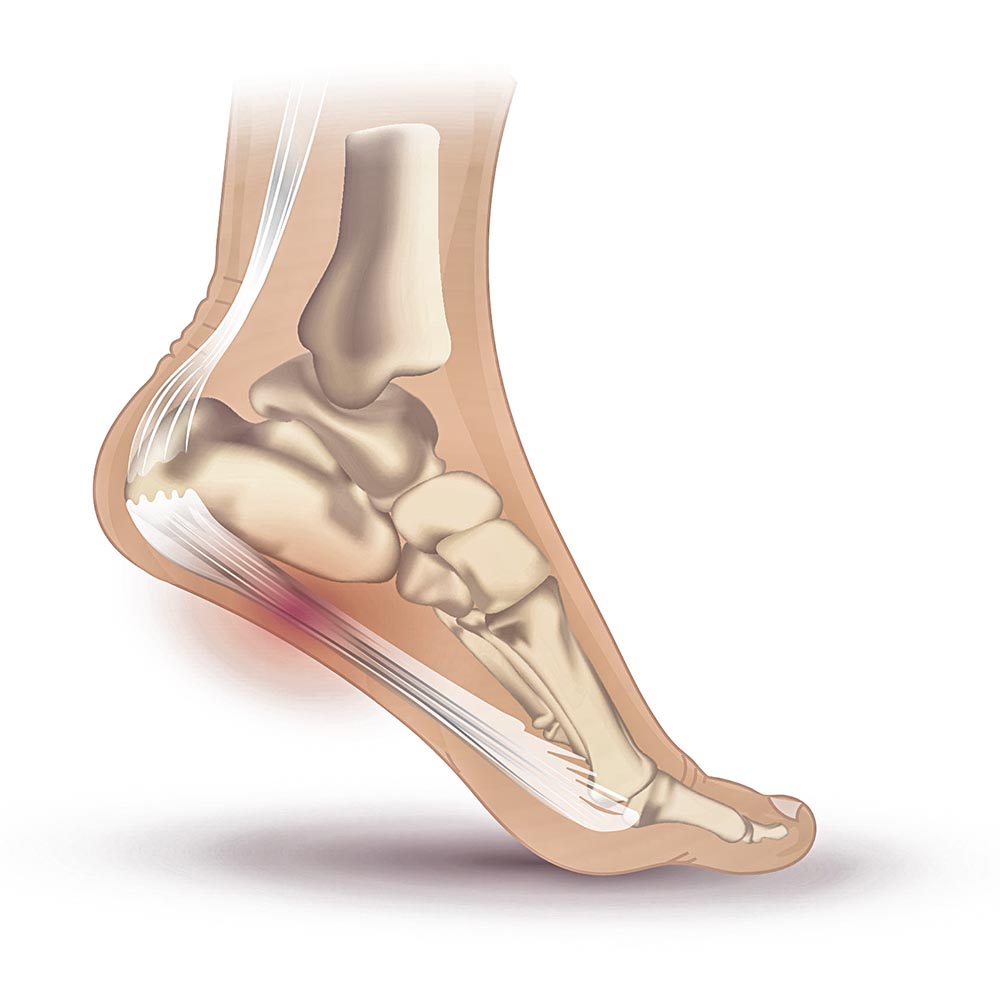
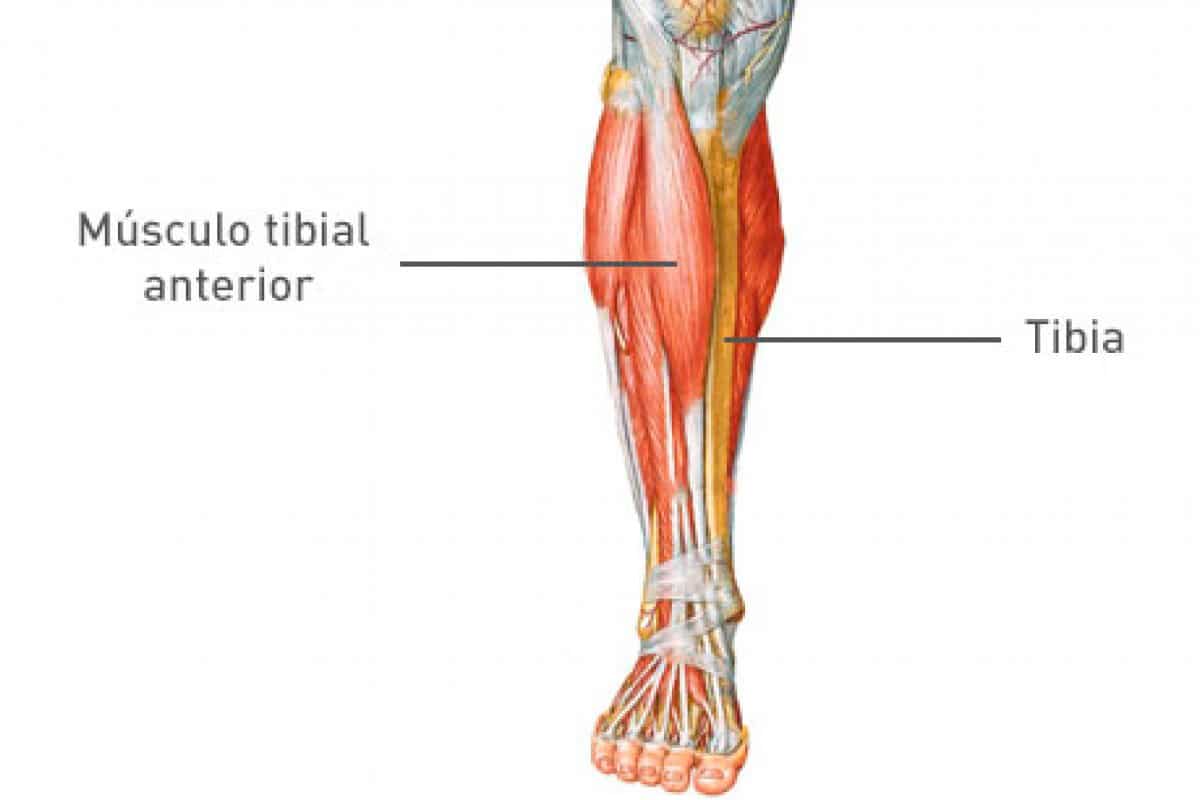
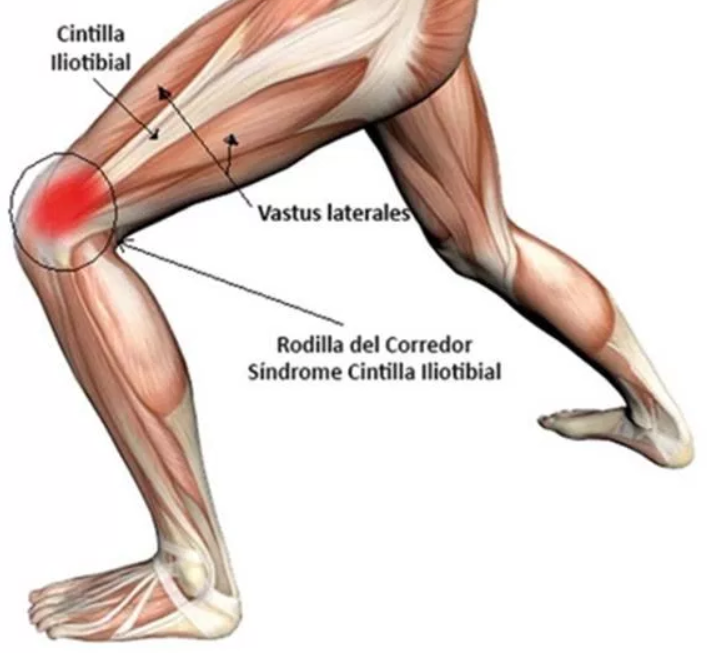
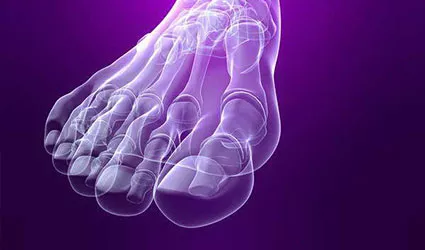
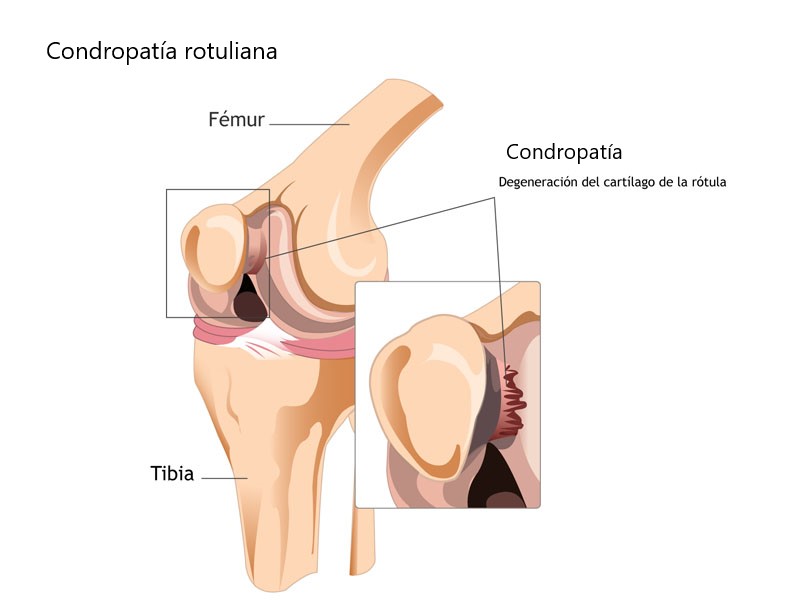

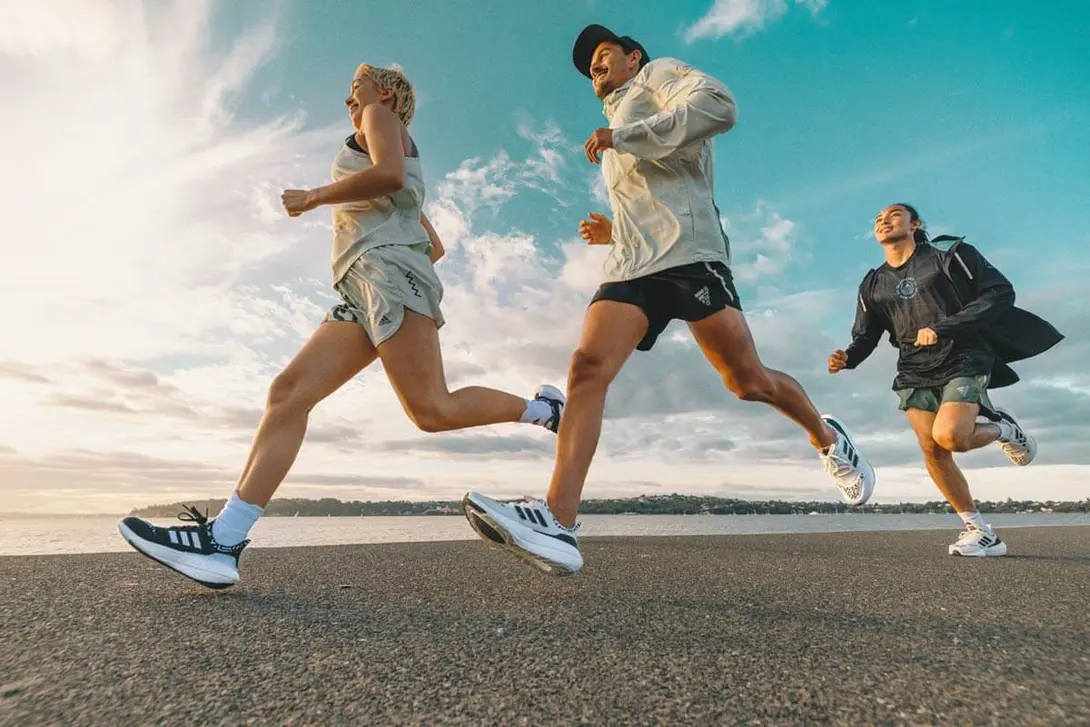
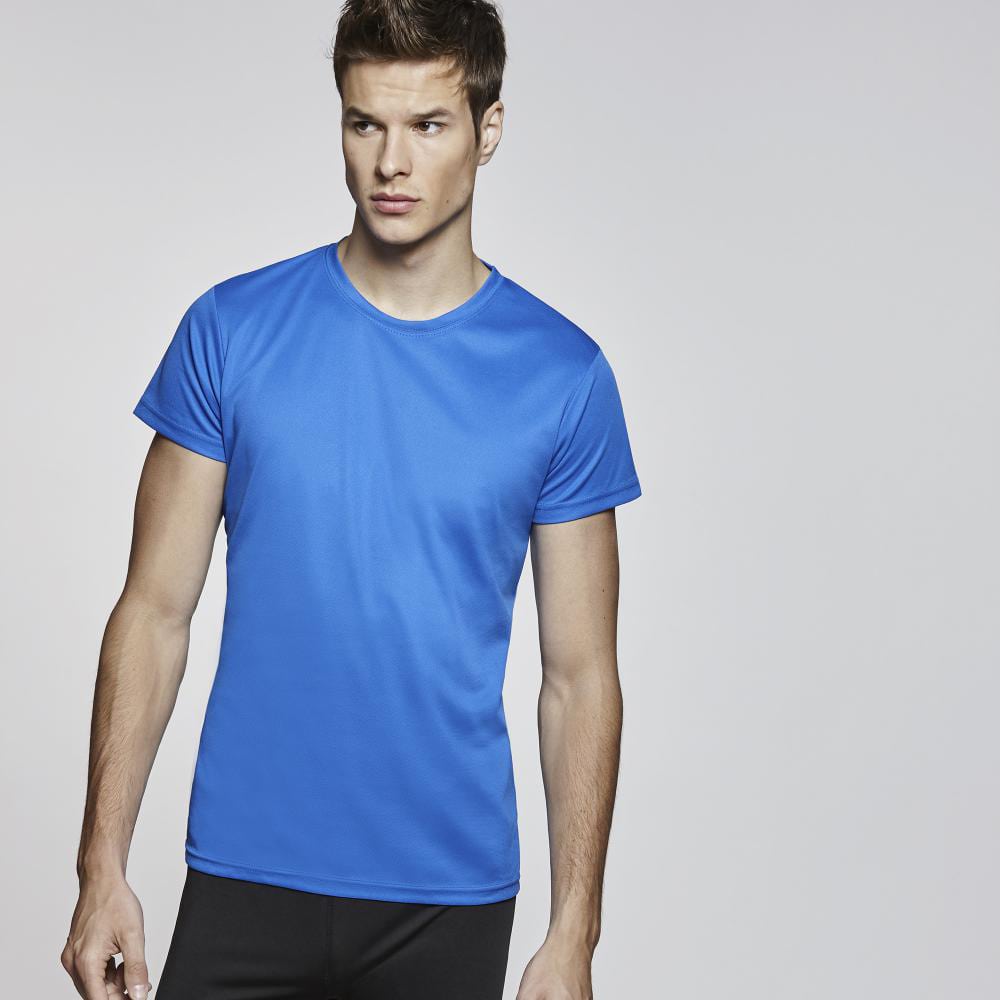
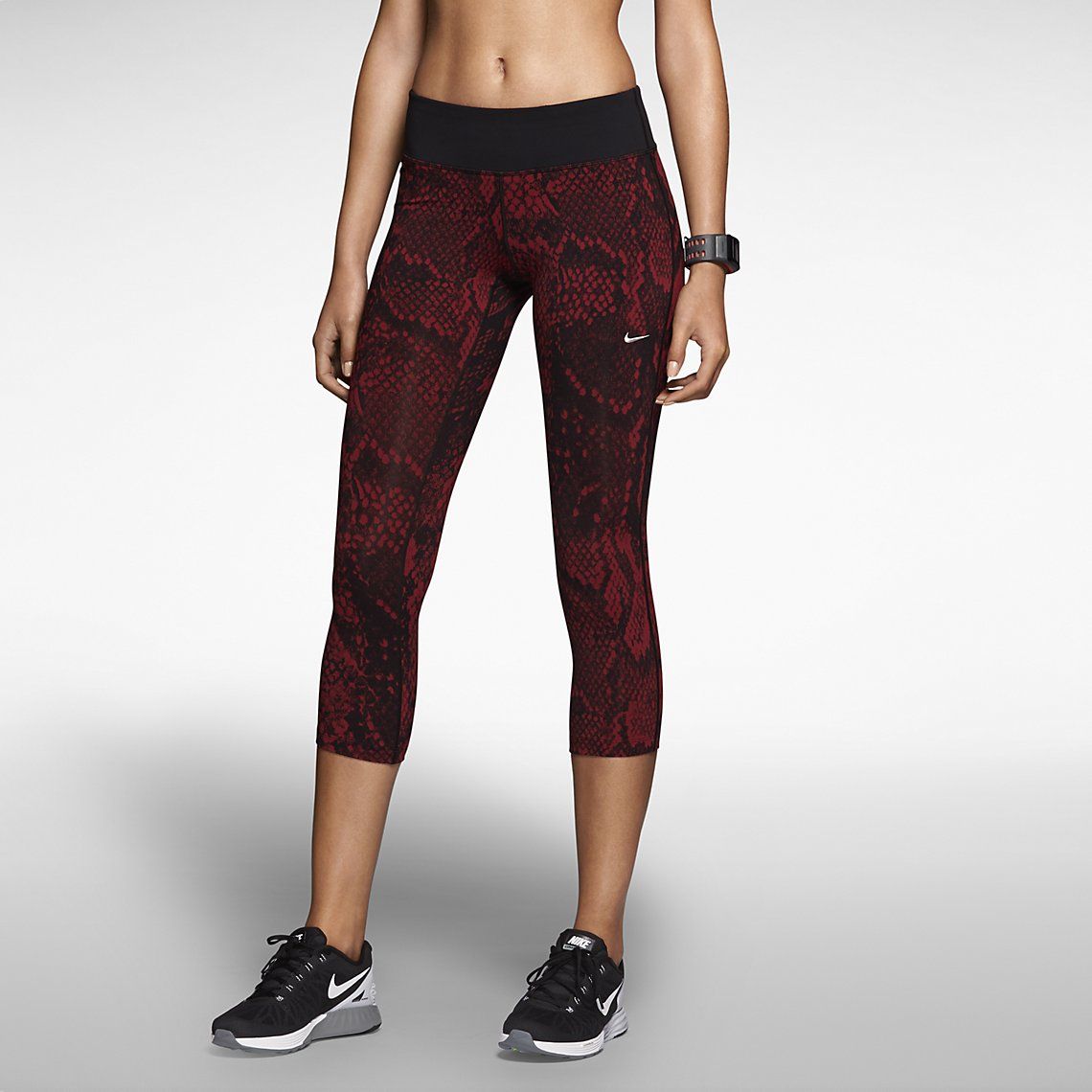
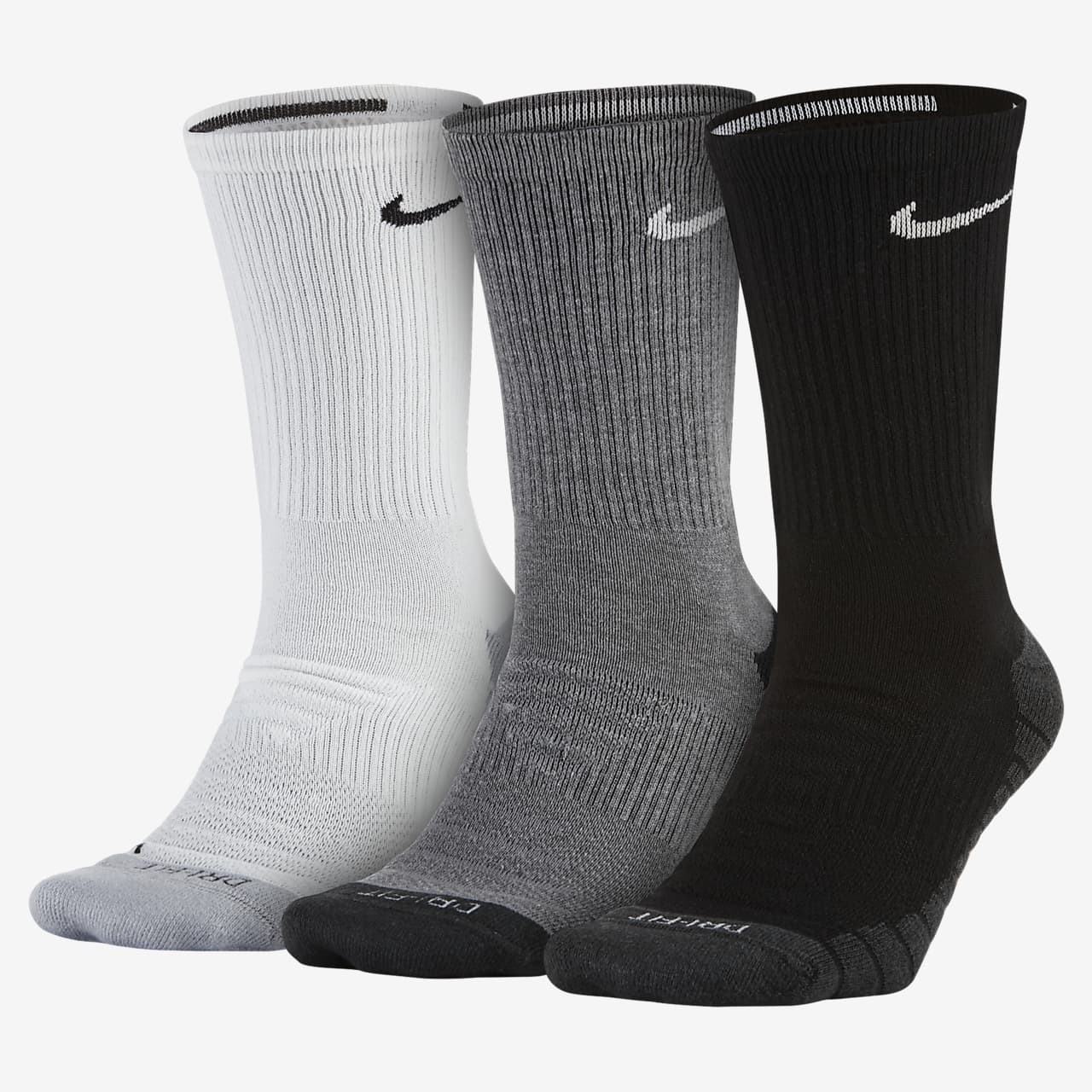
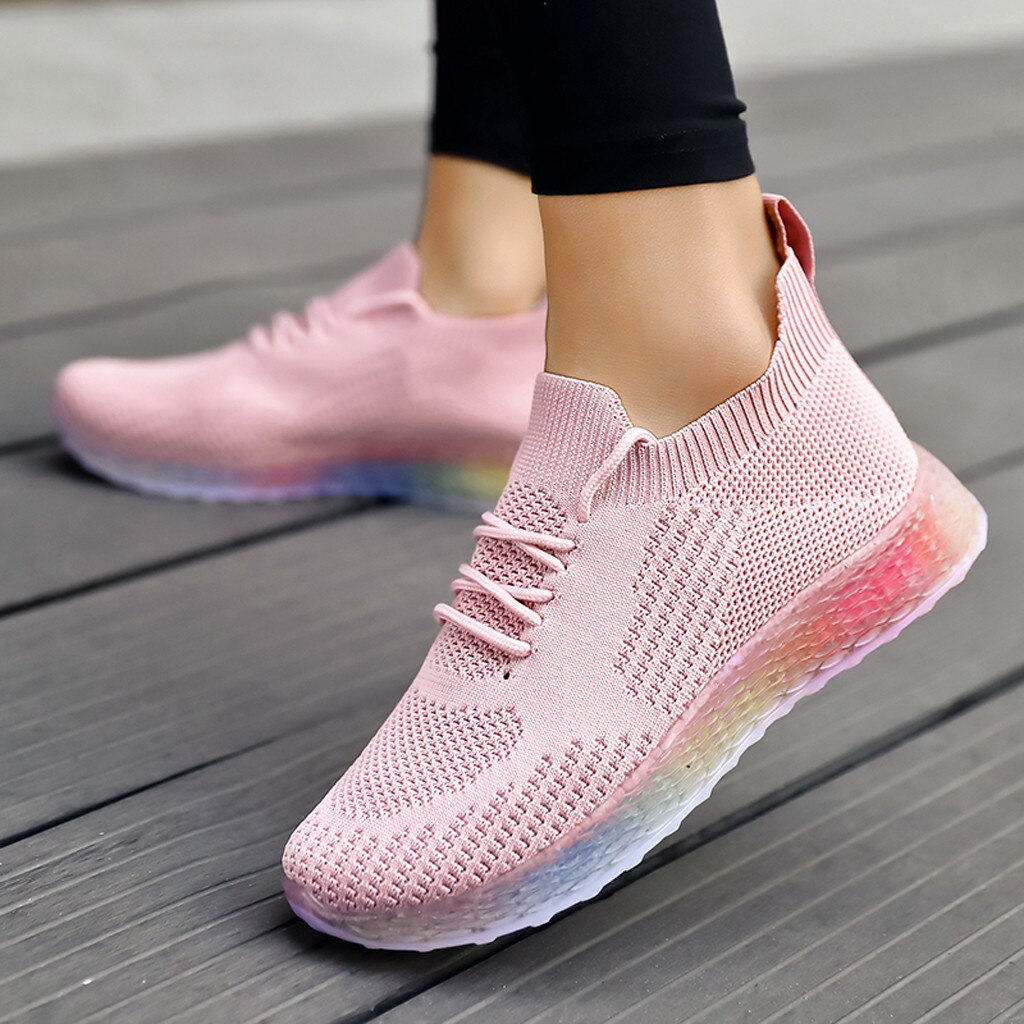

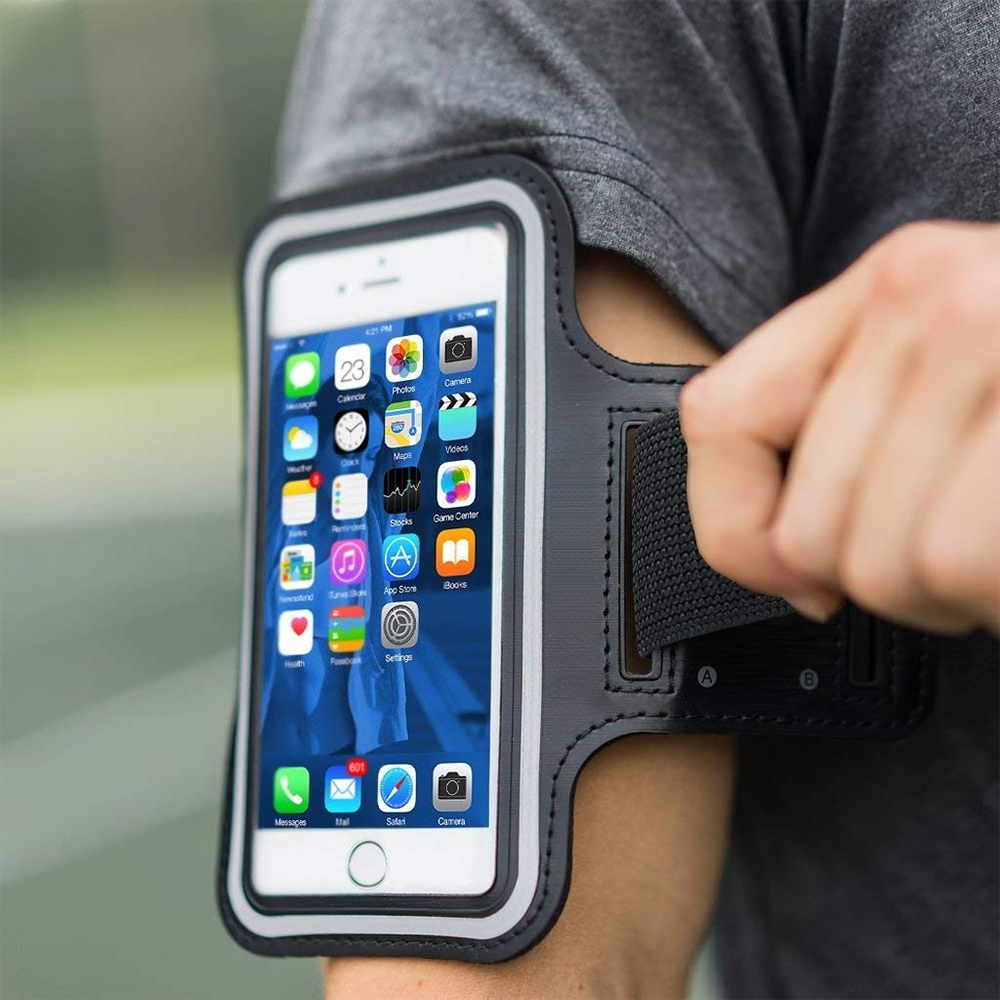
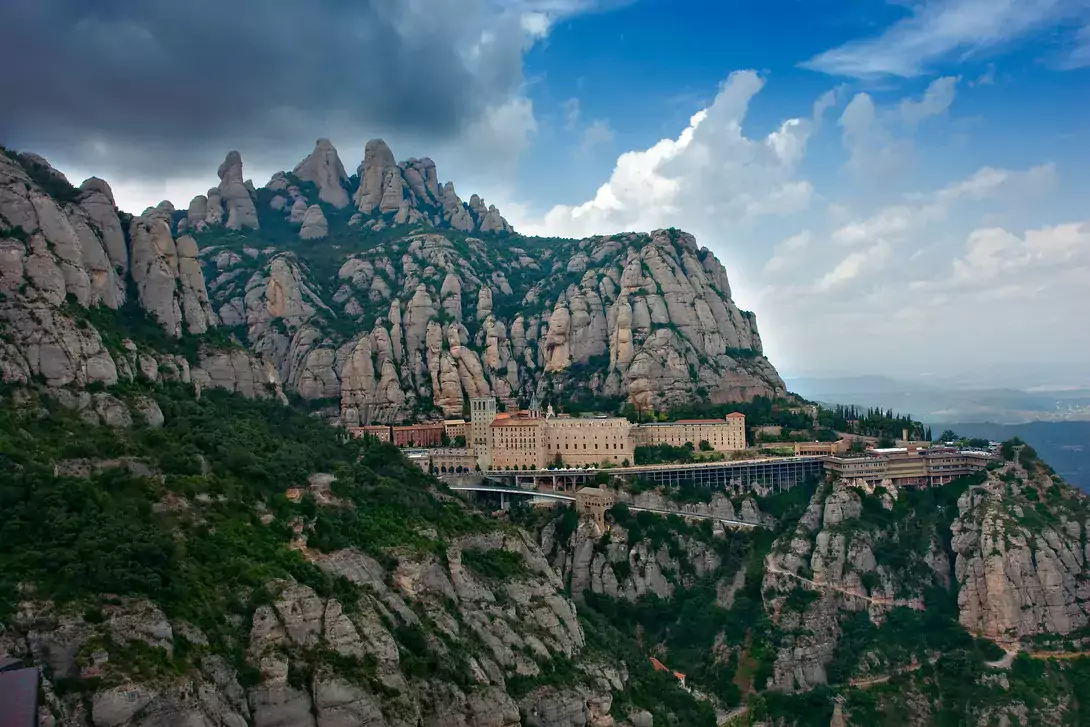
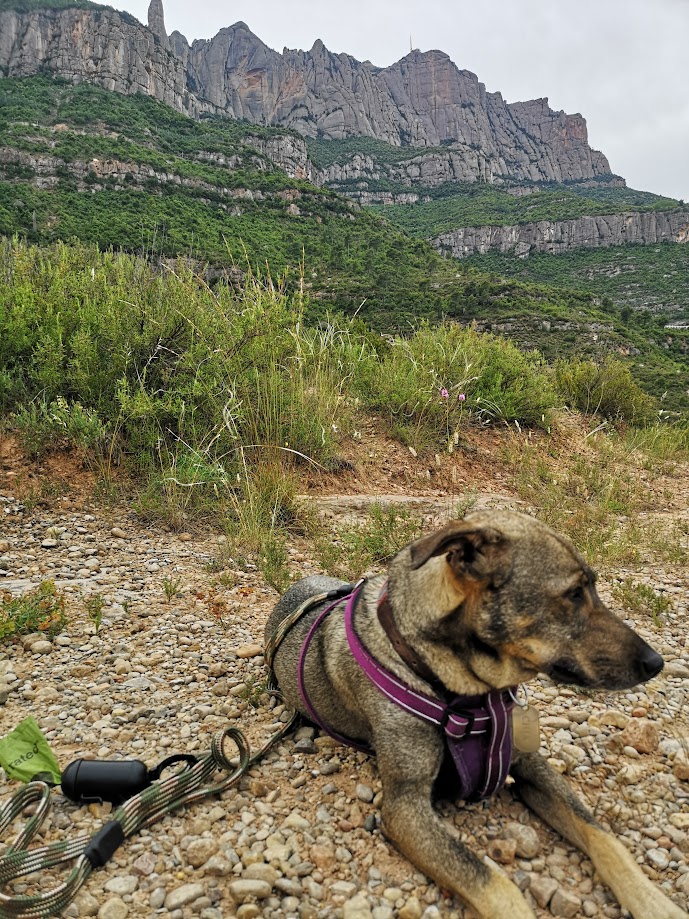
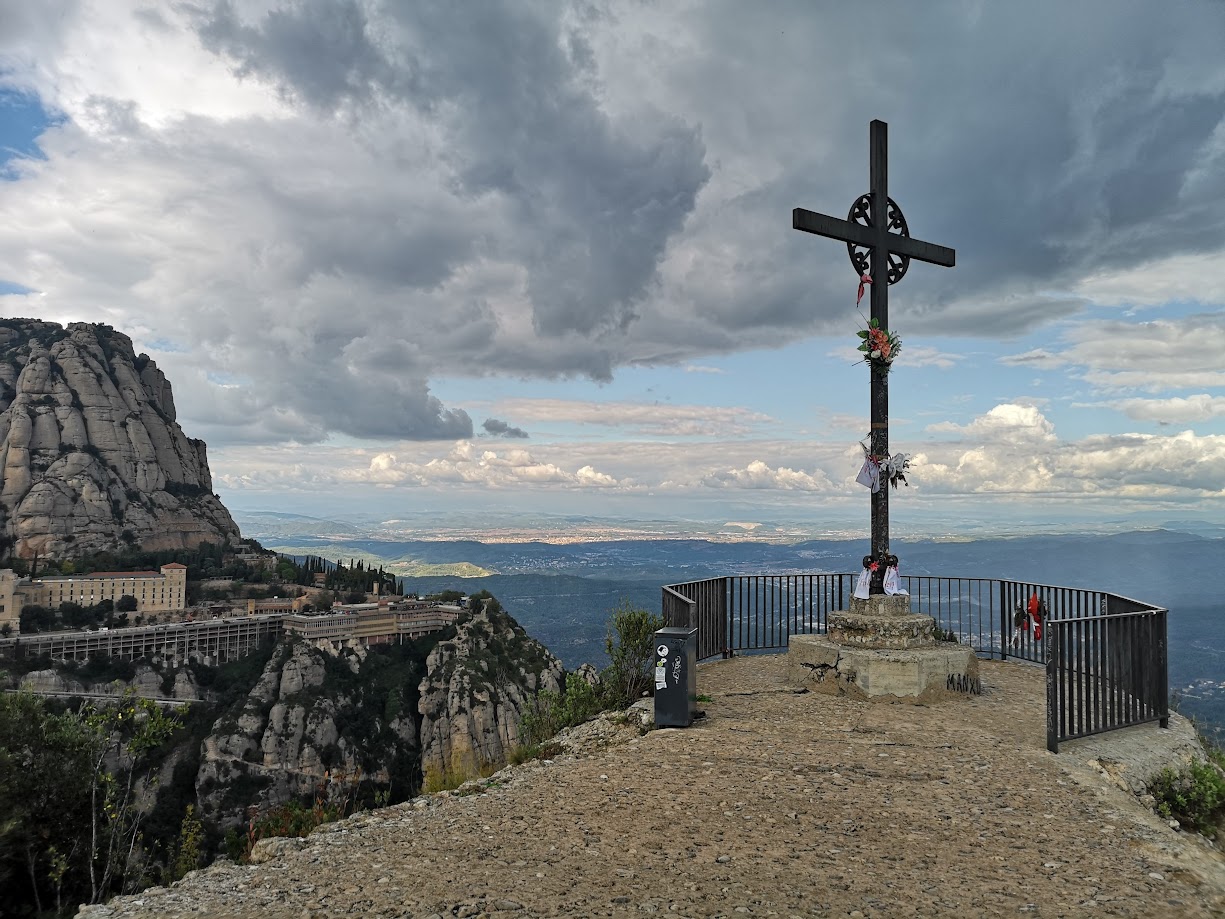
Comentarios